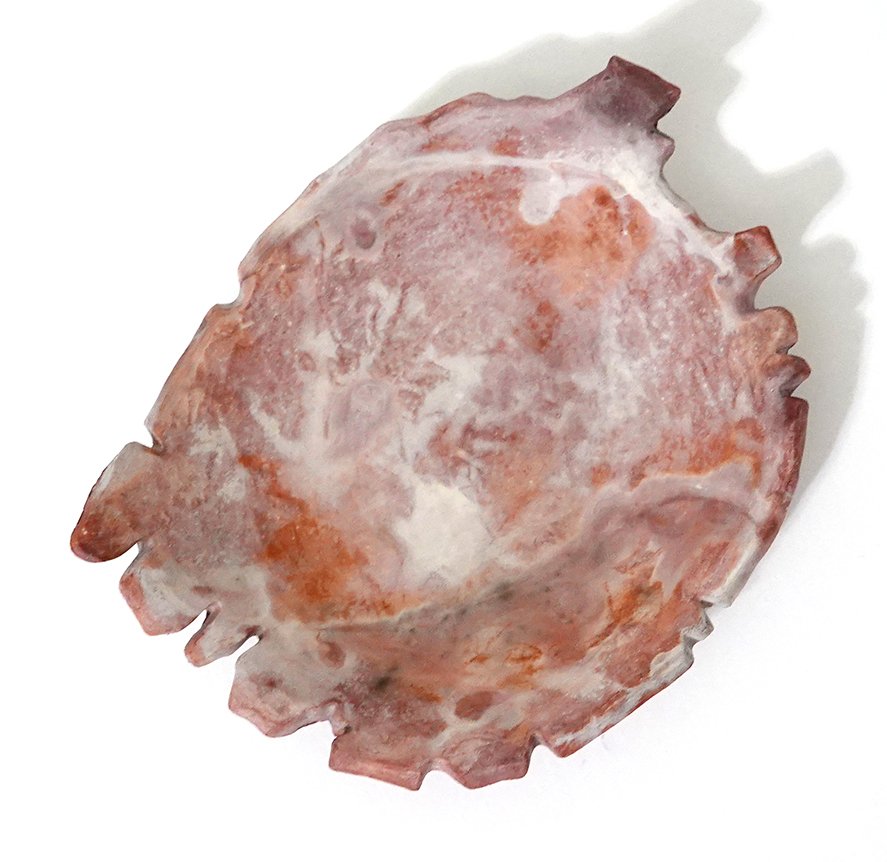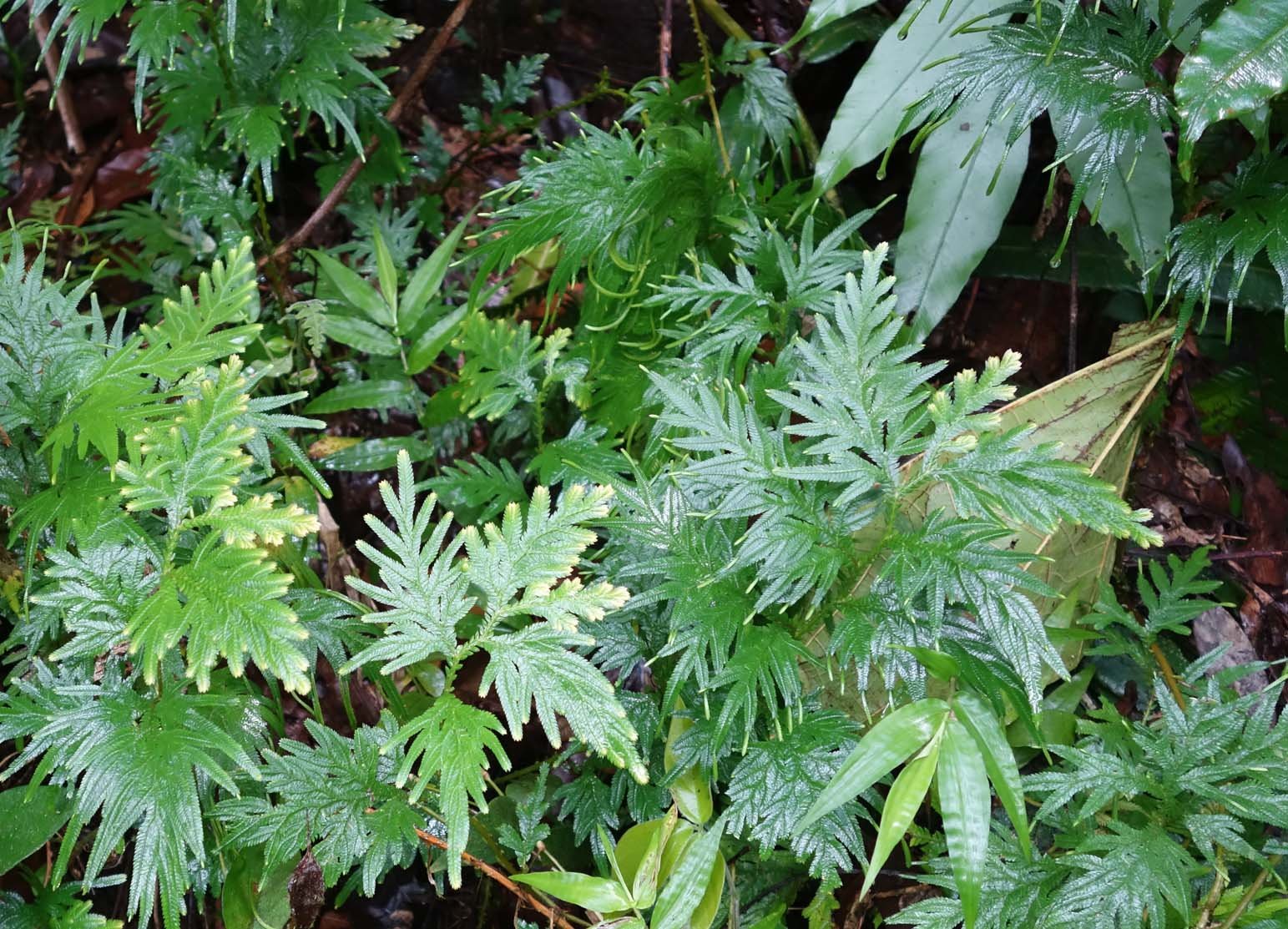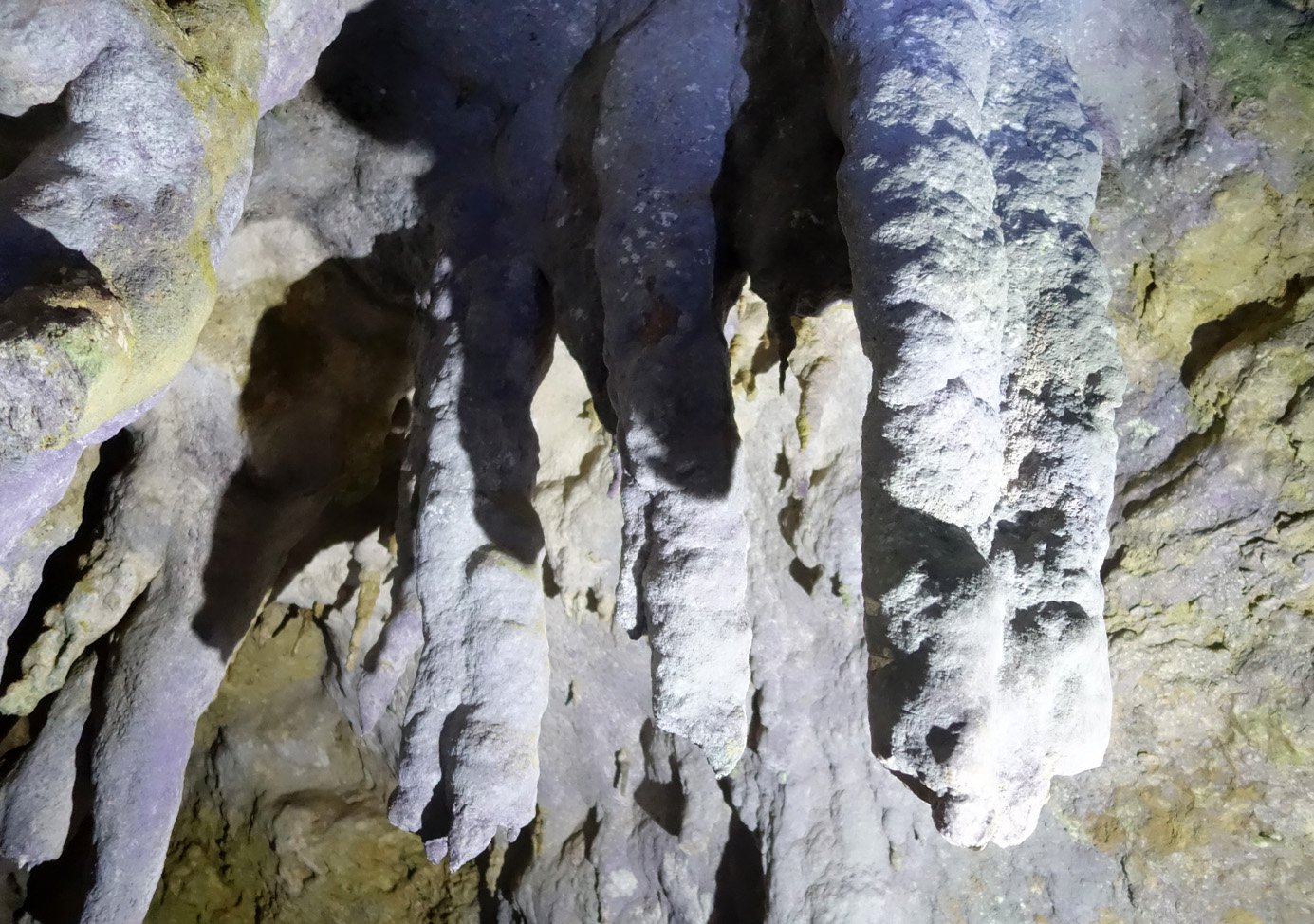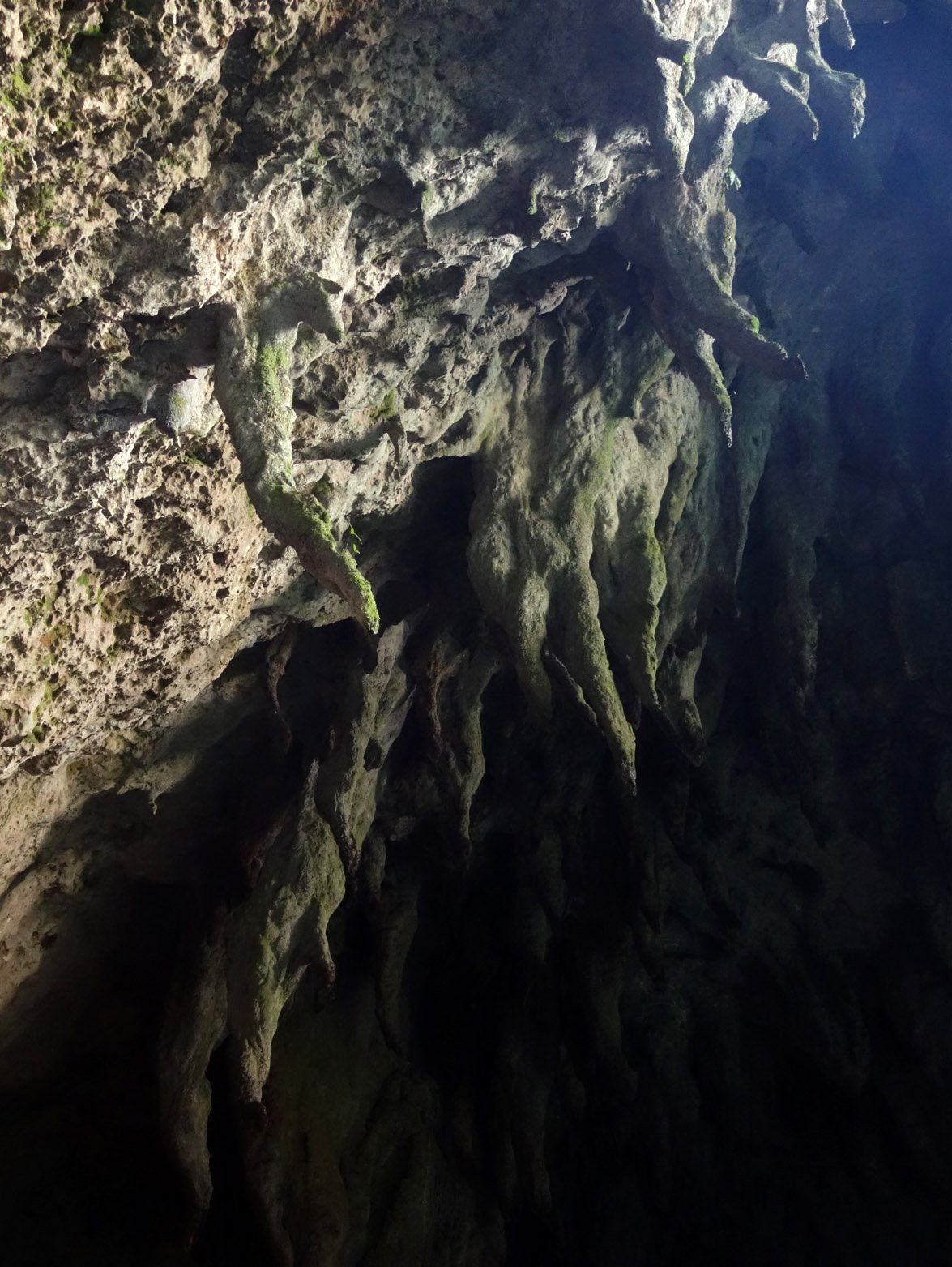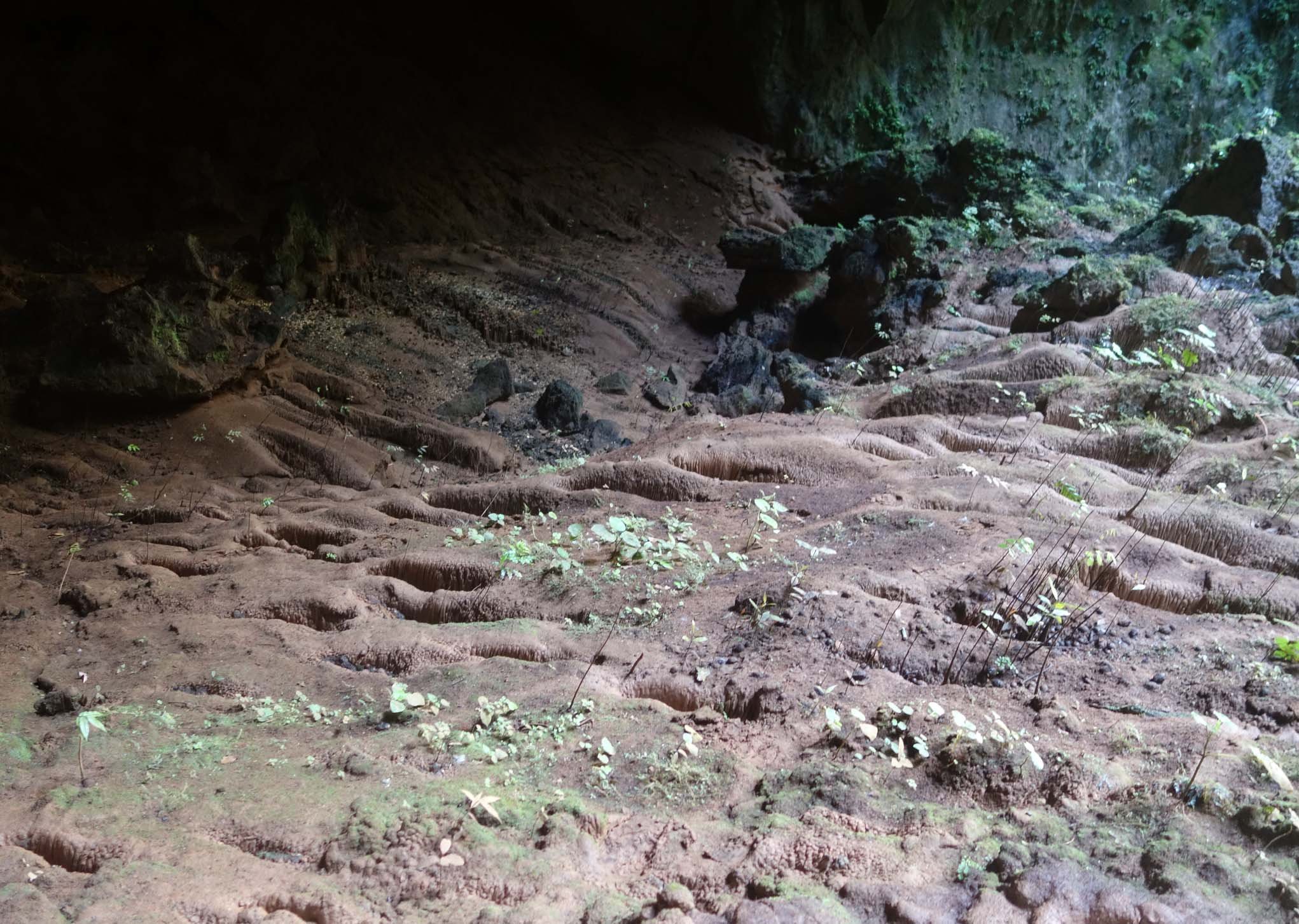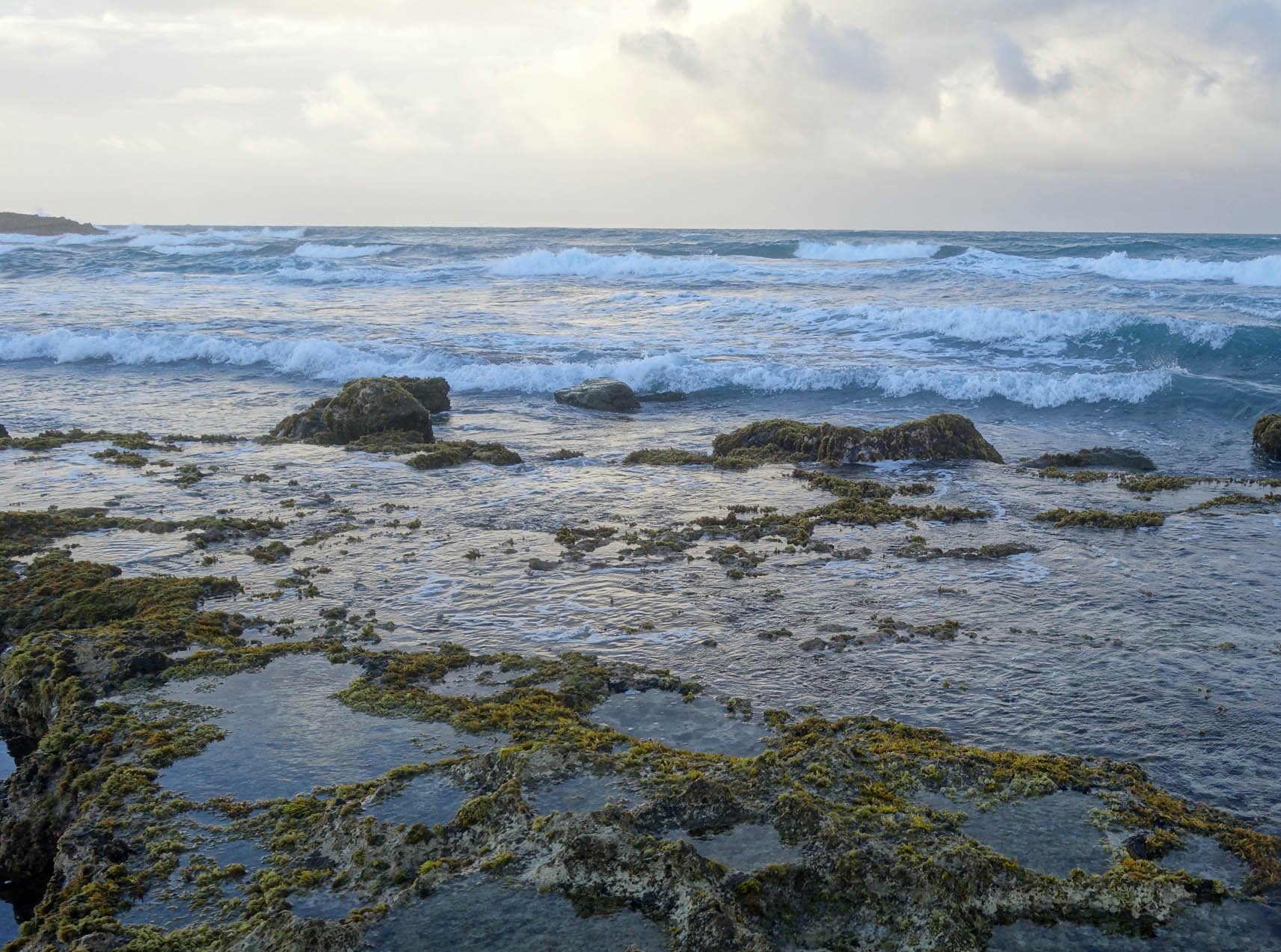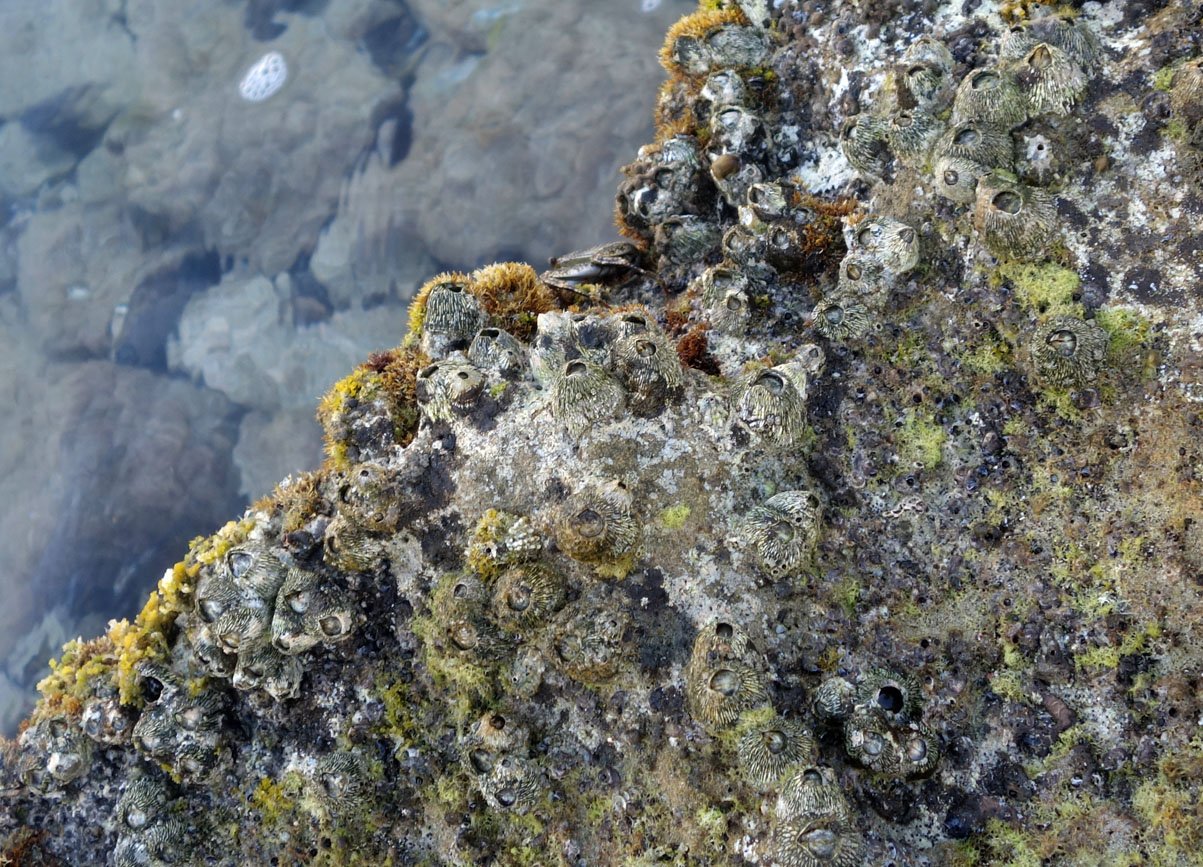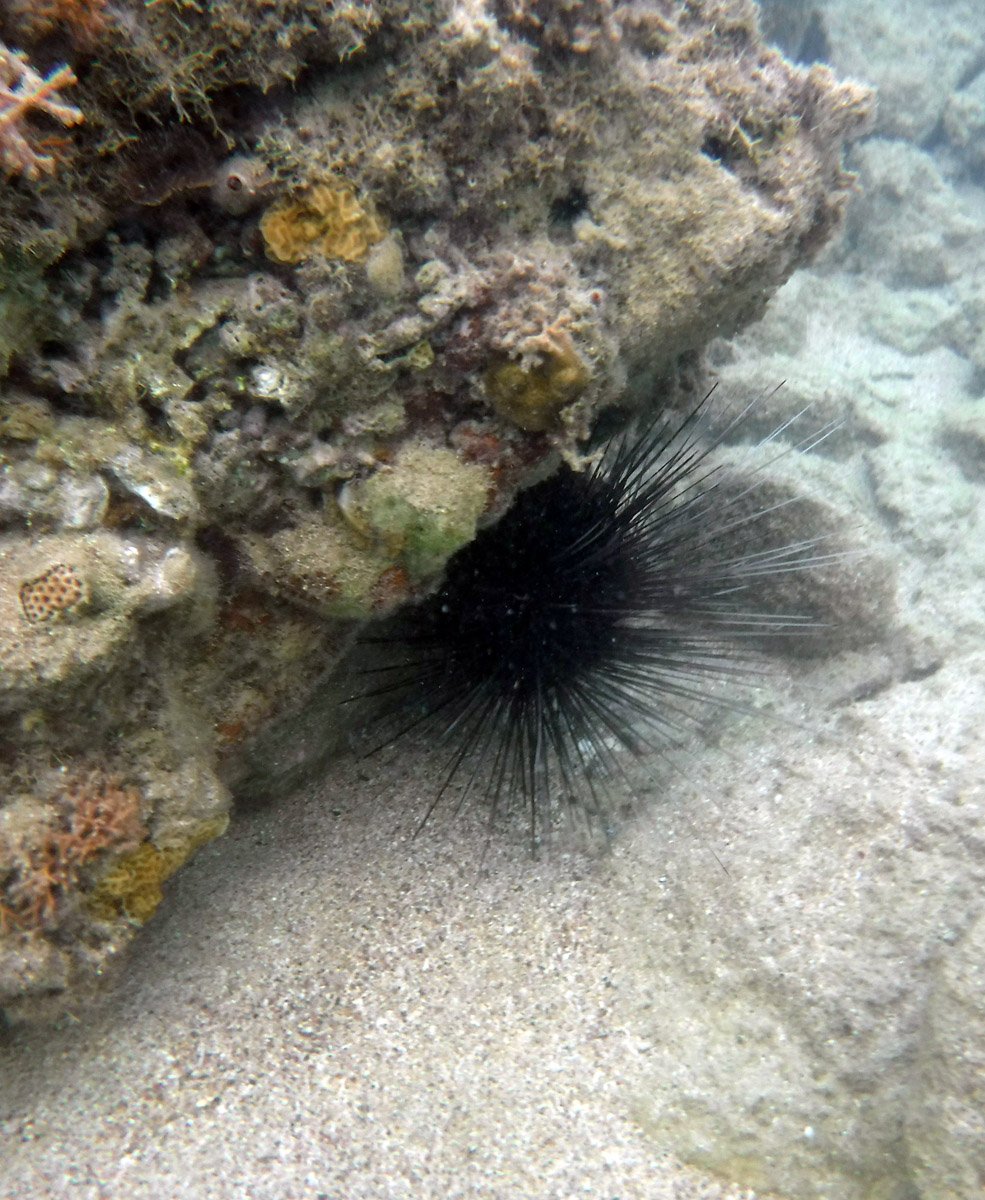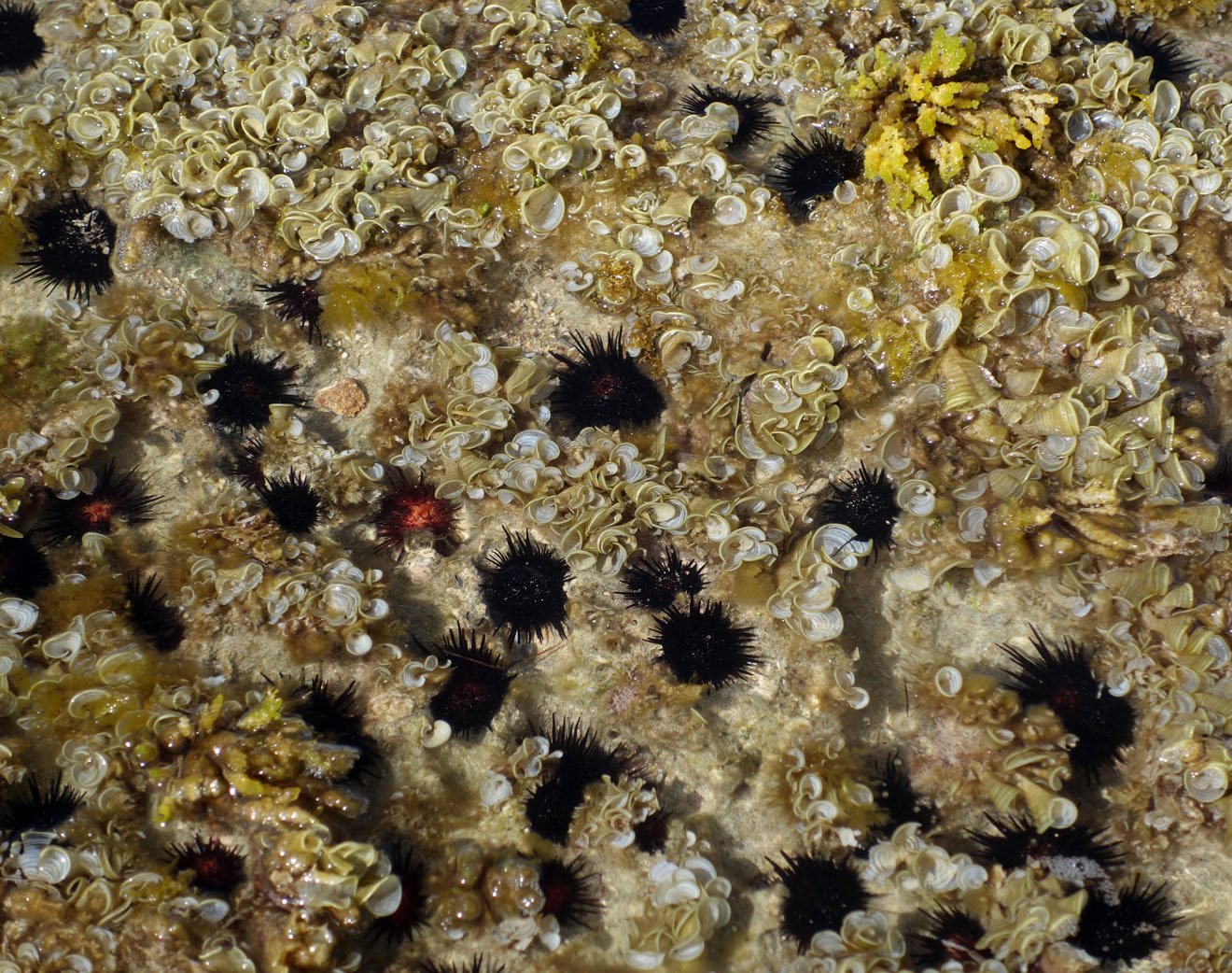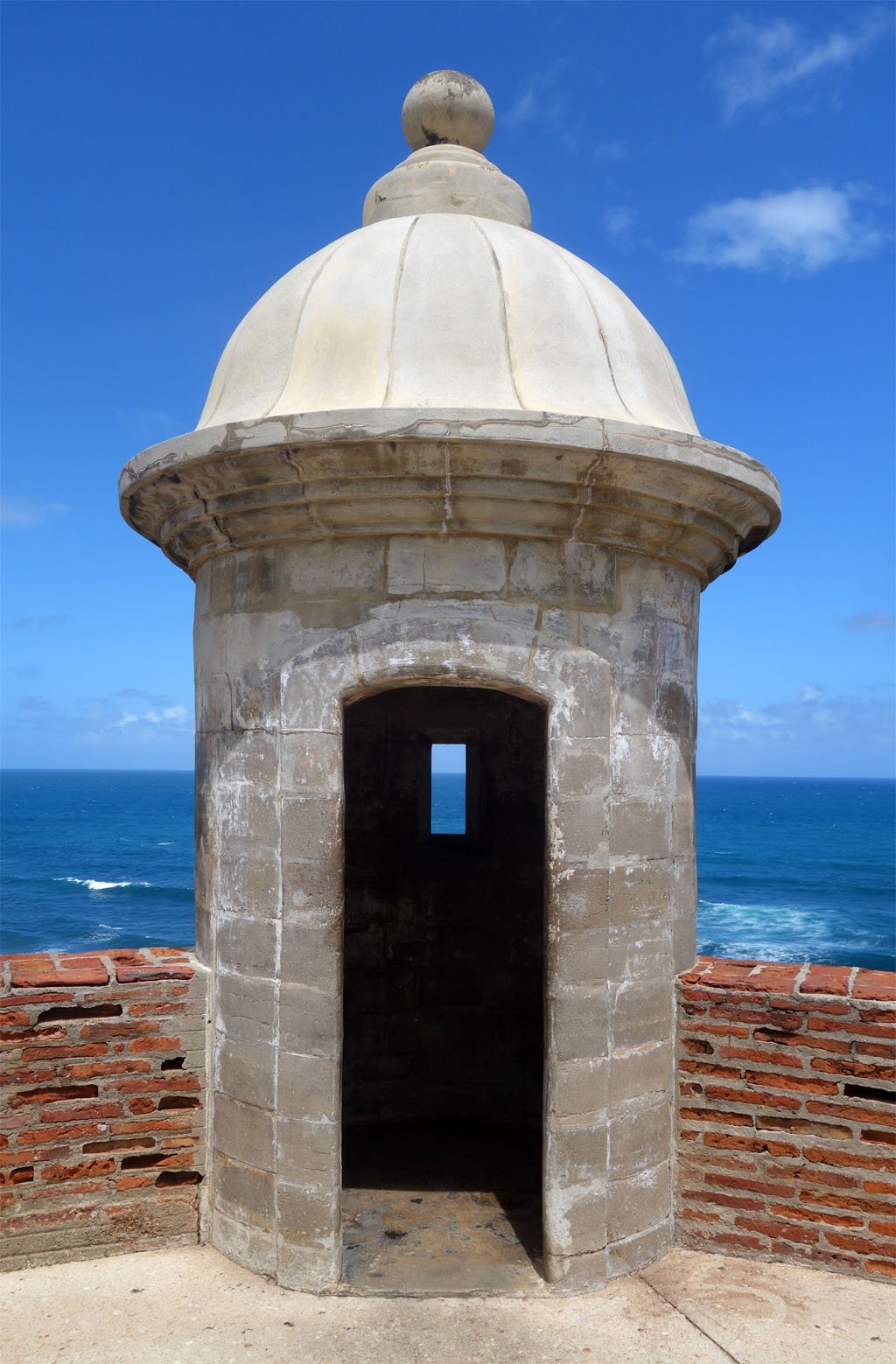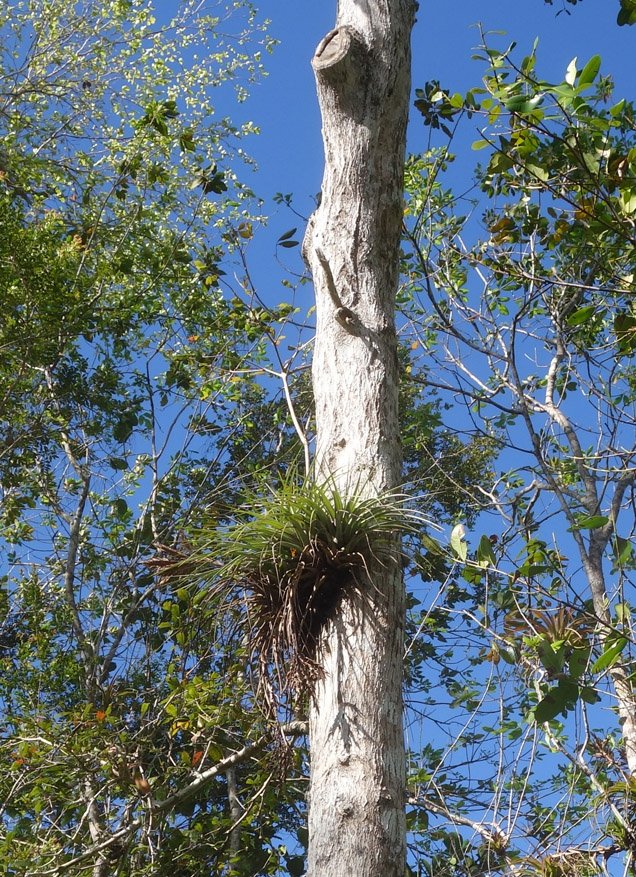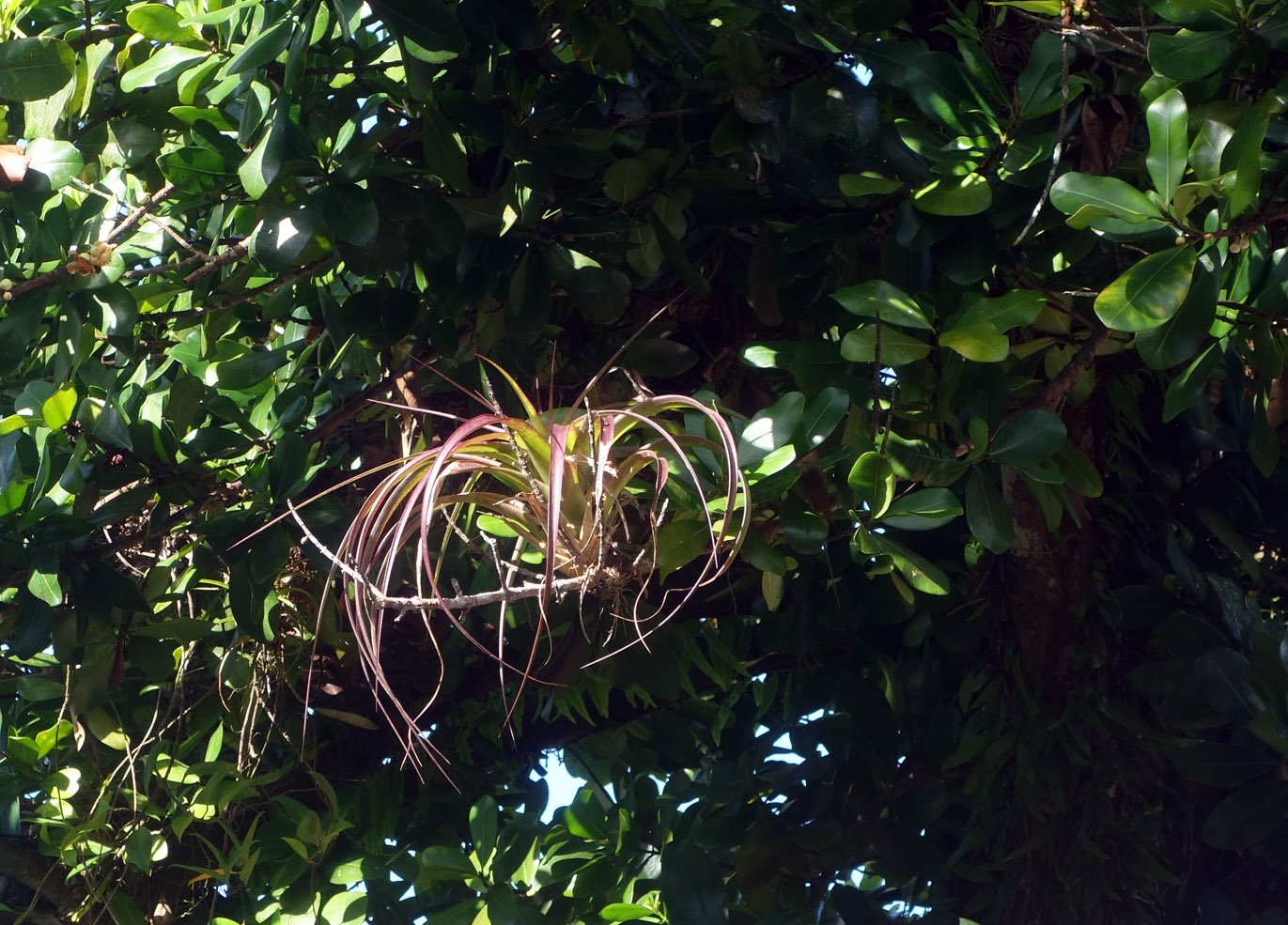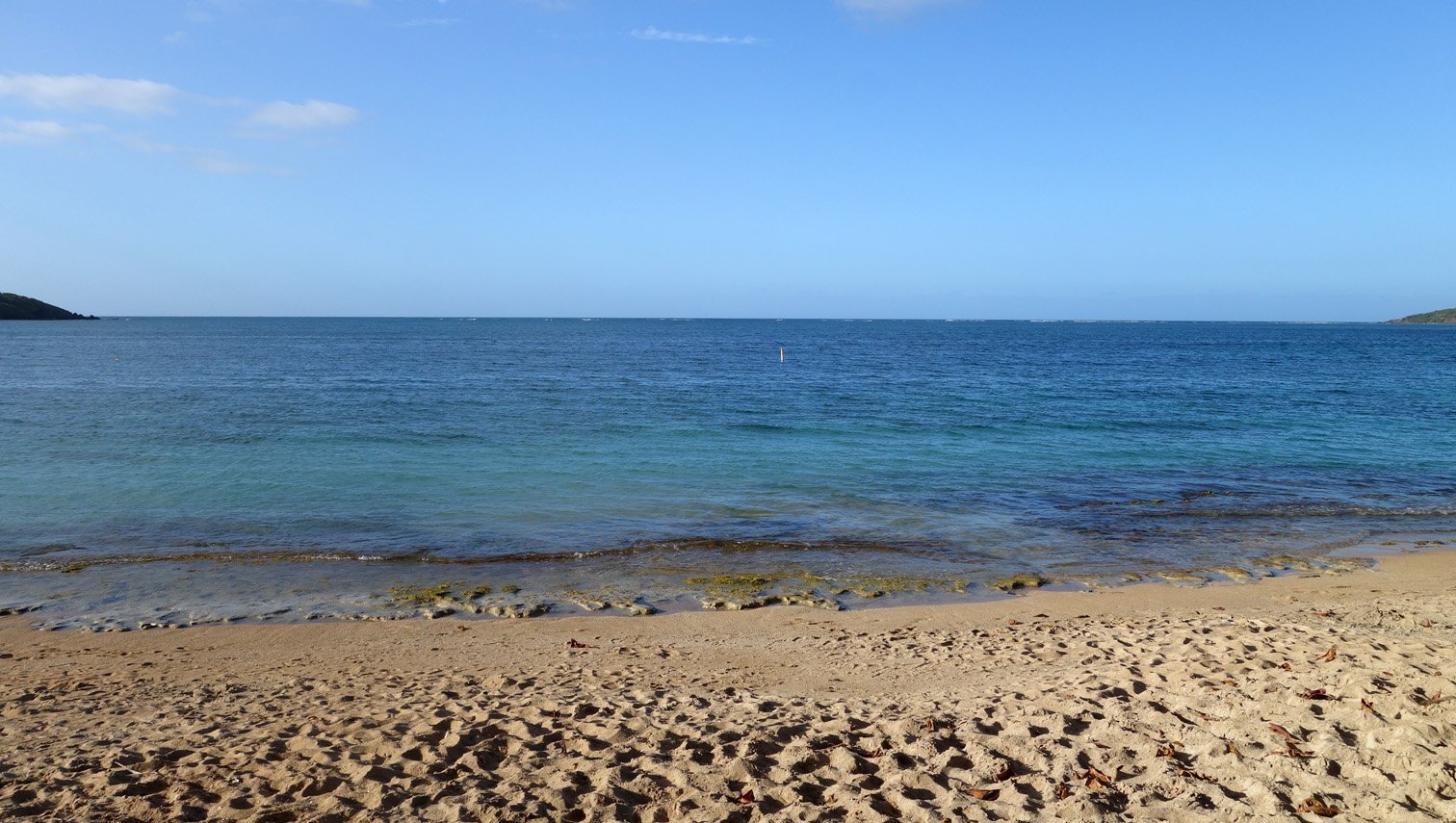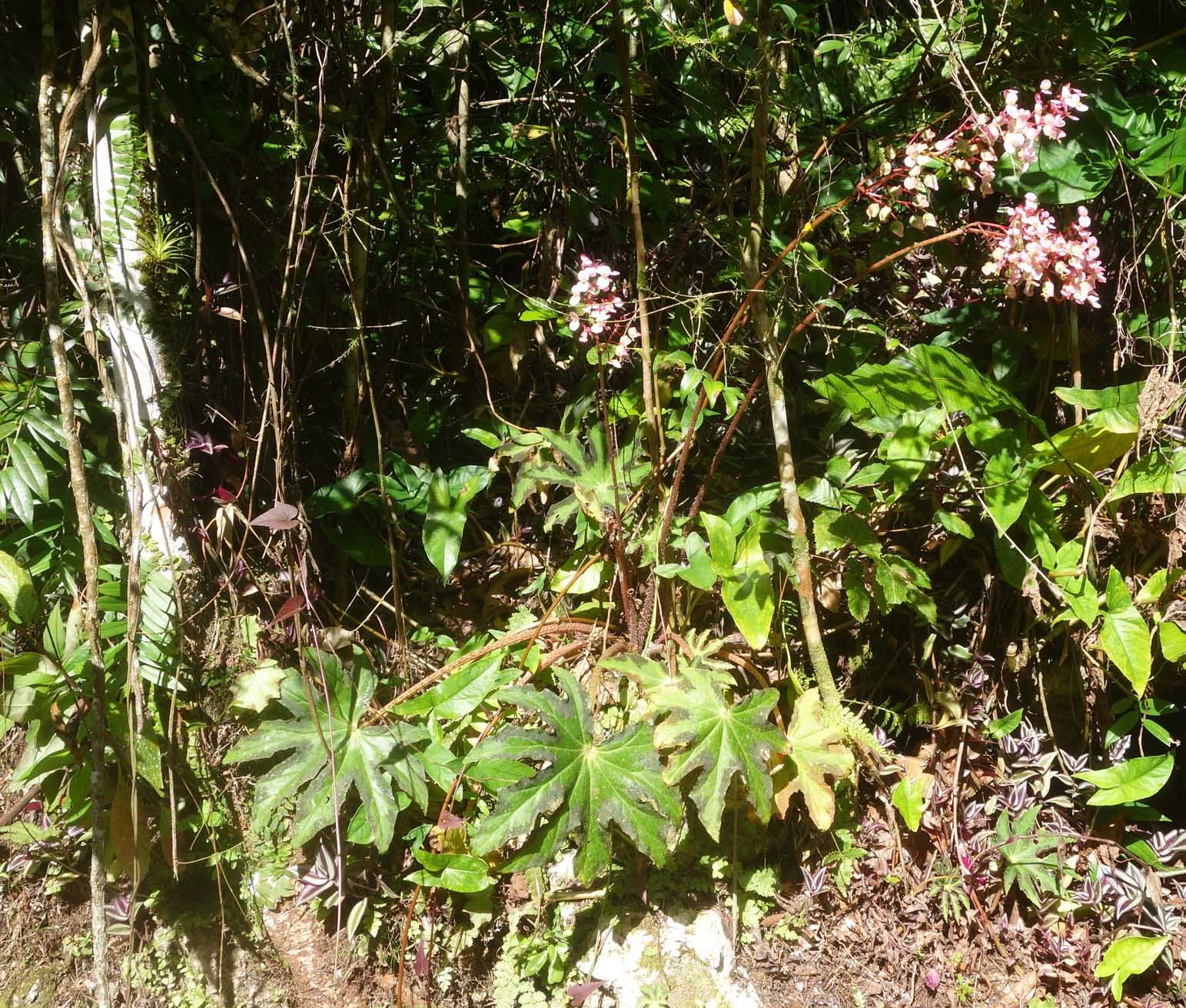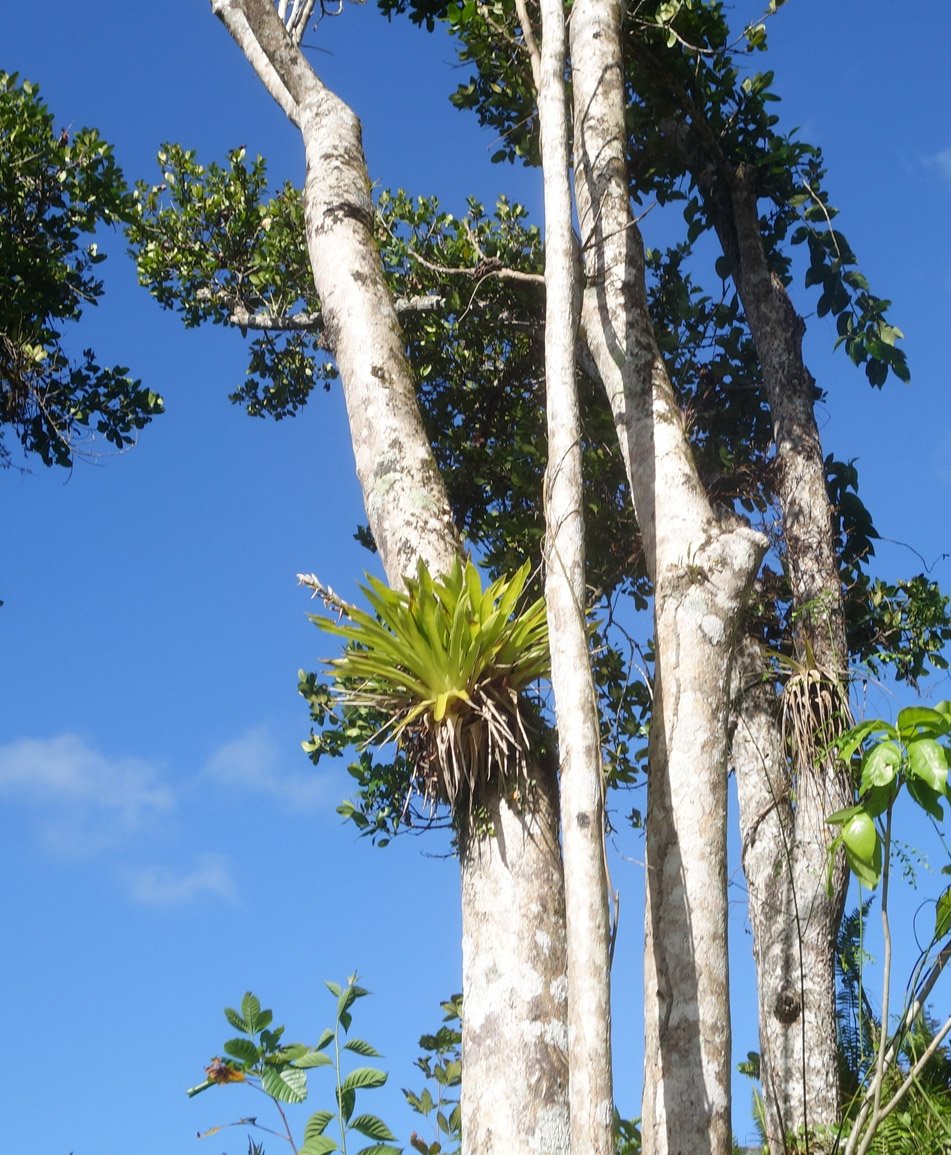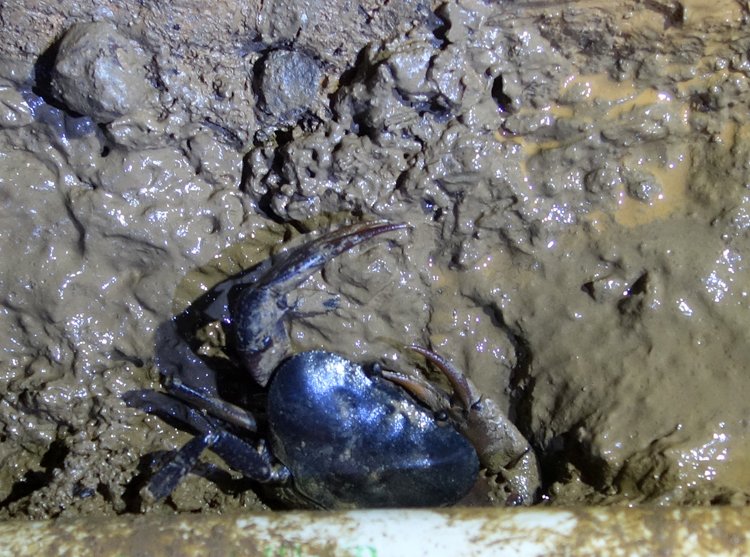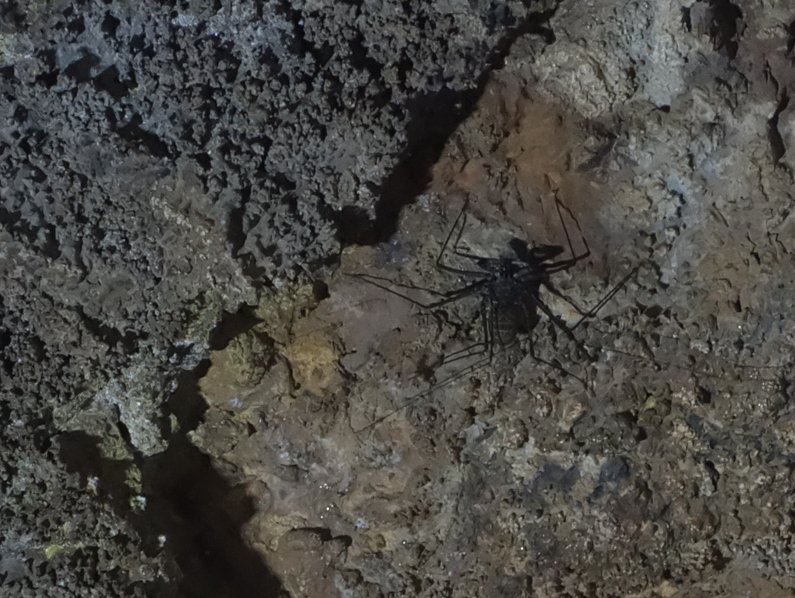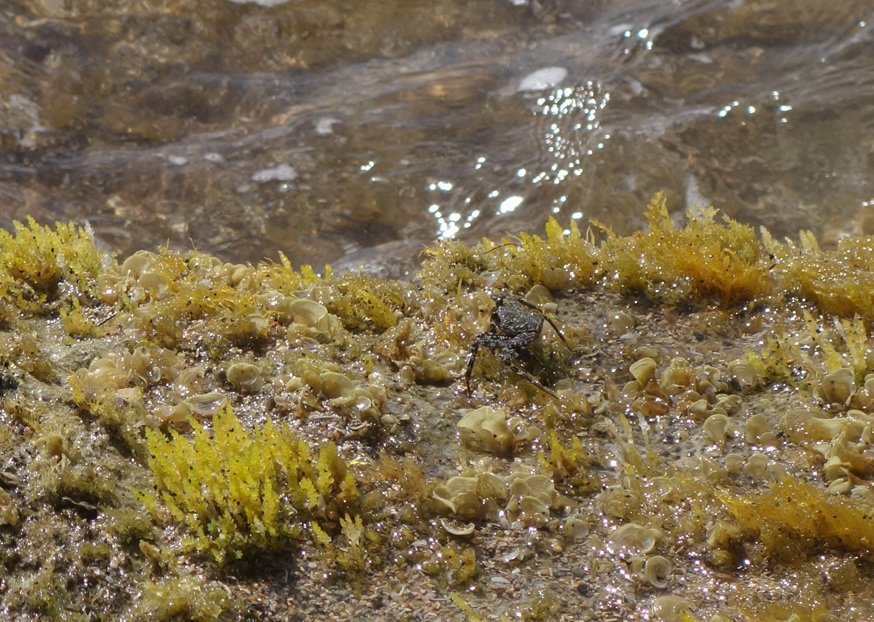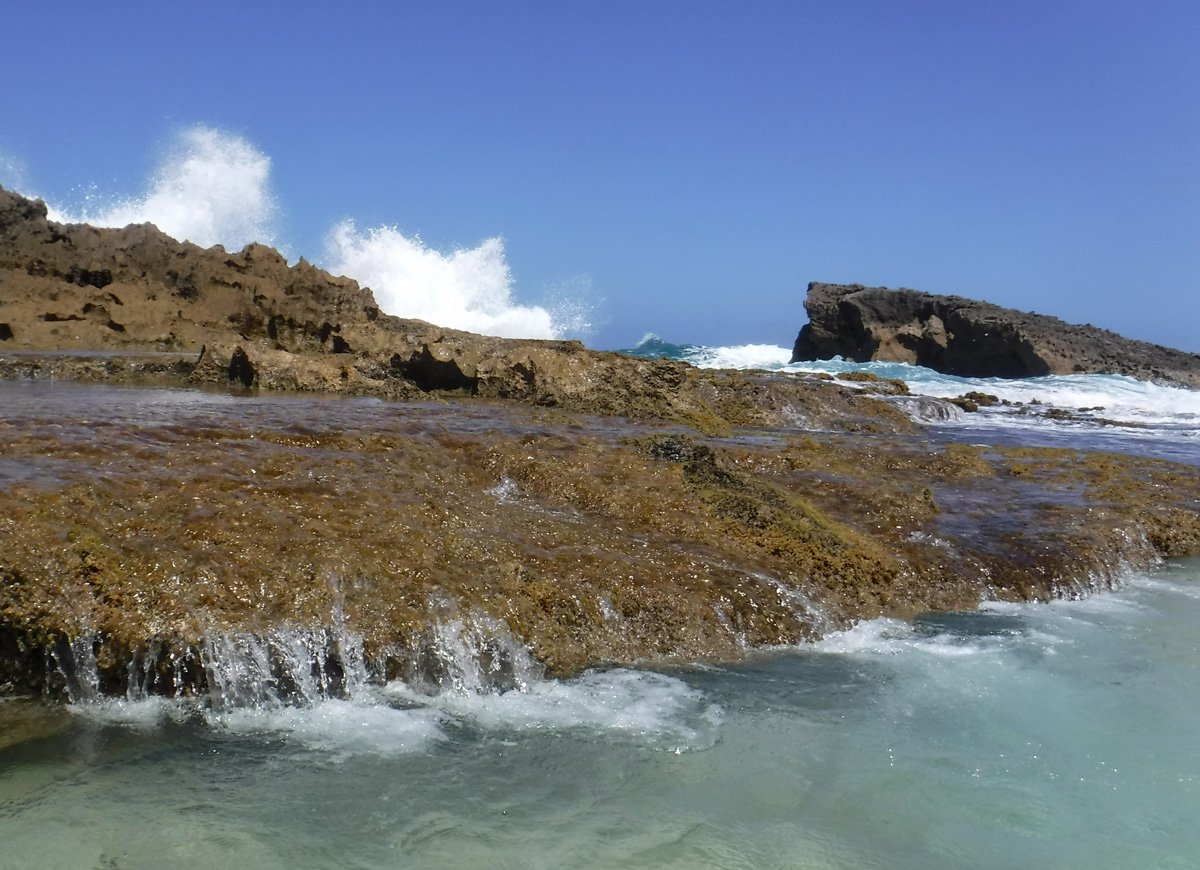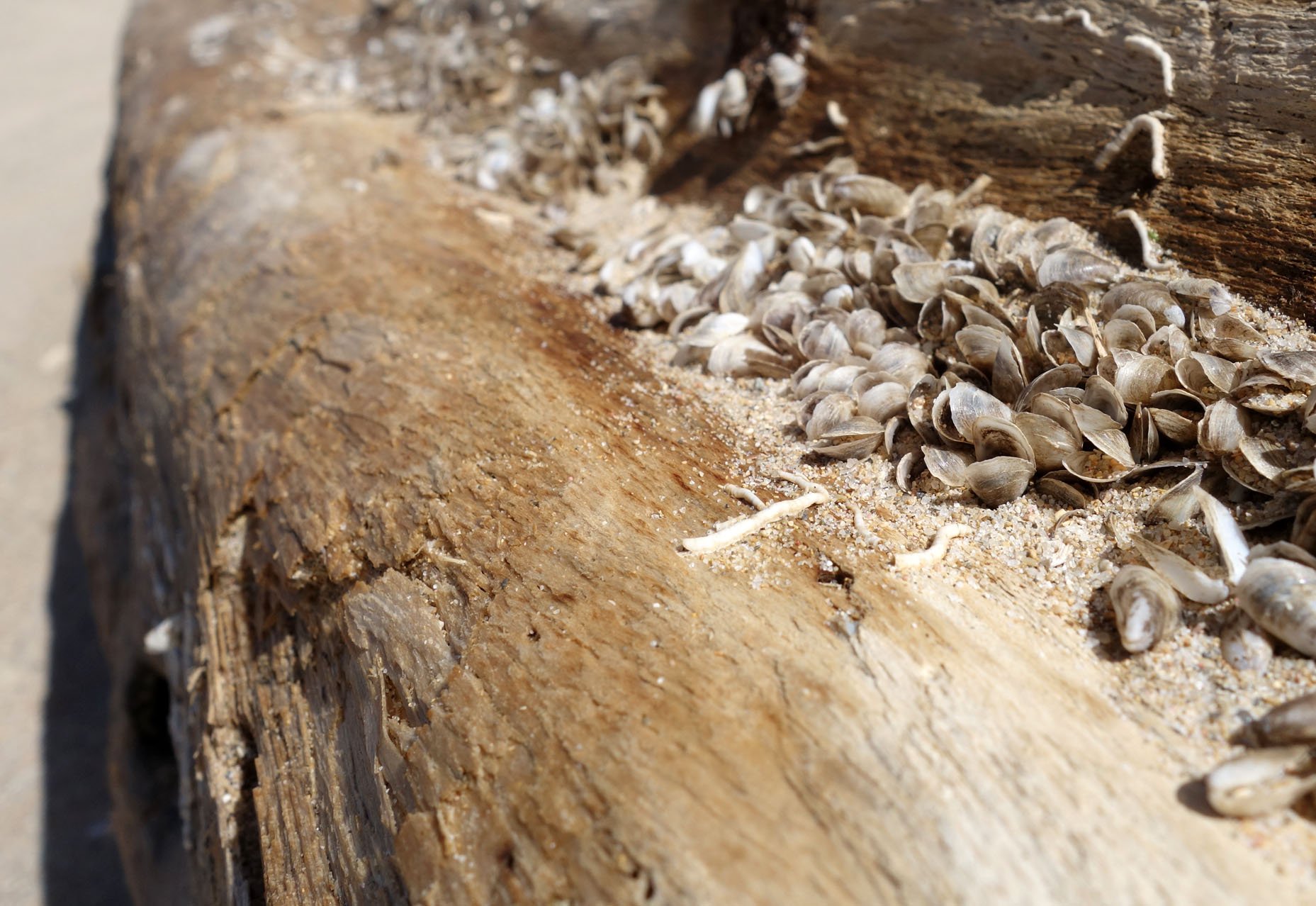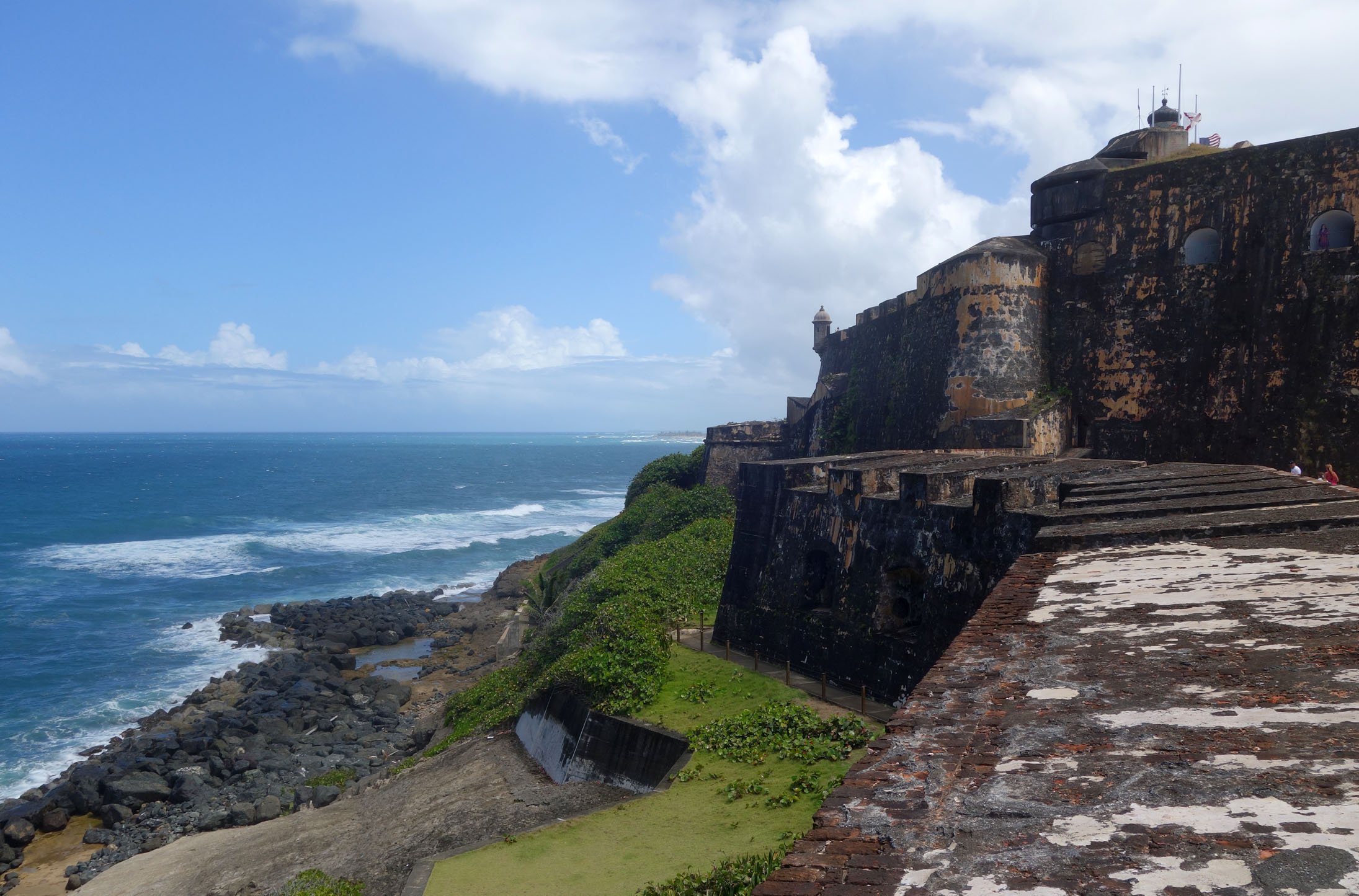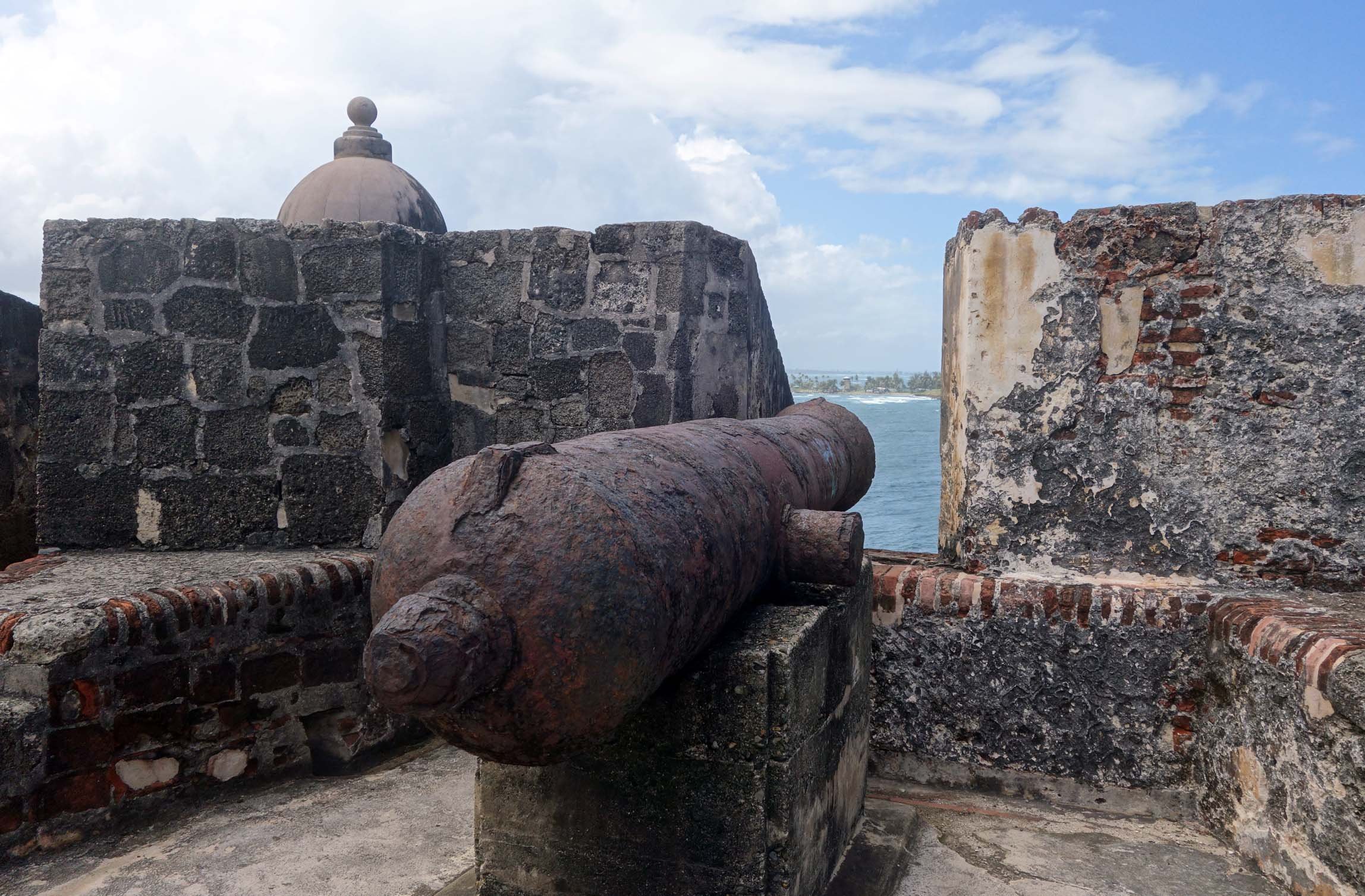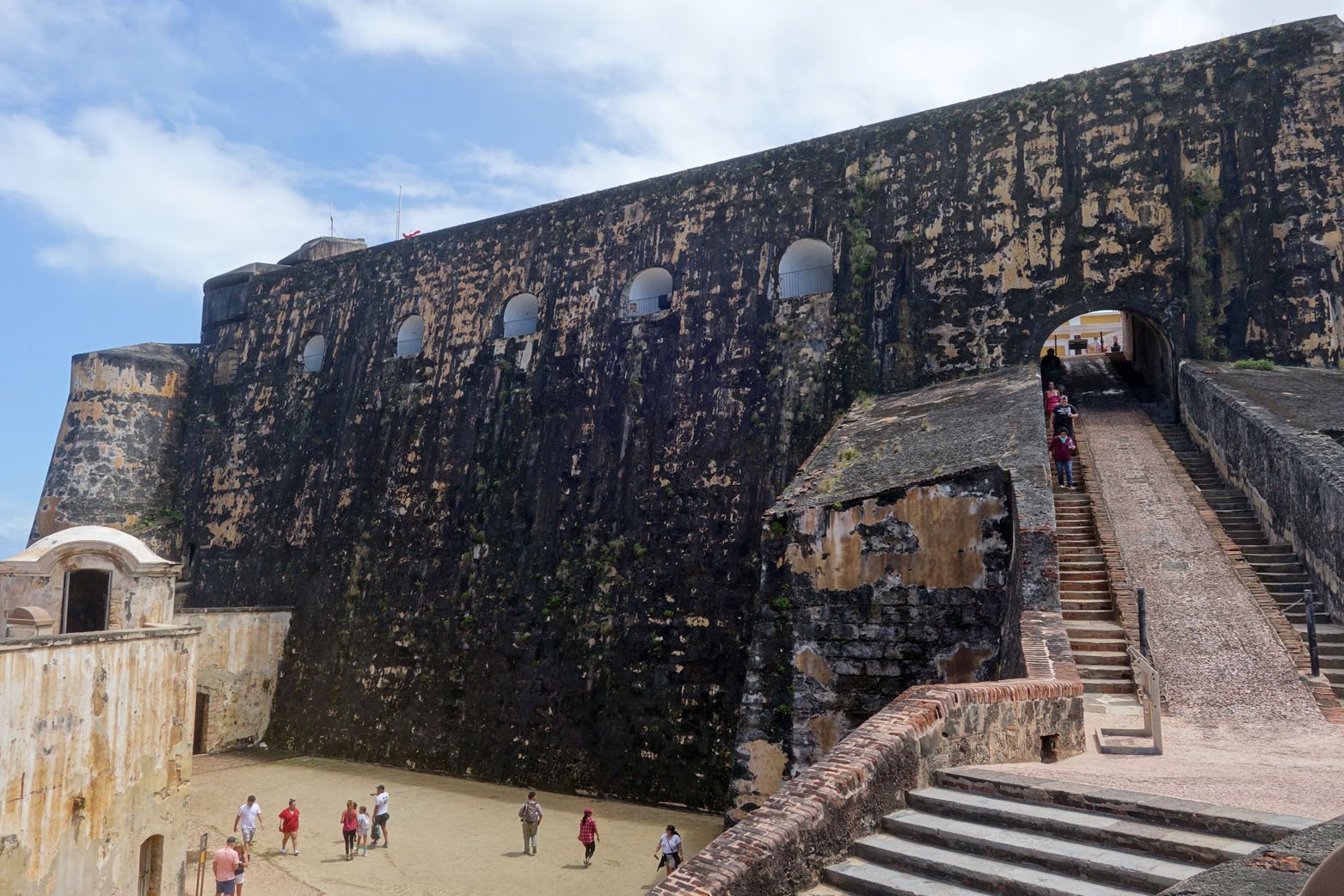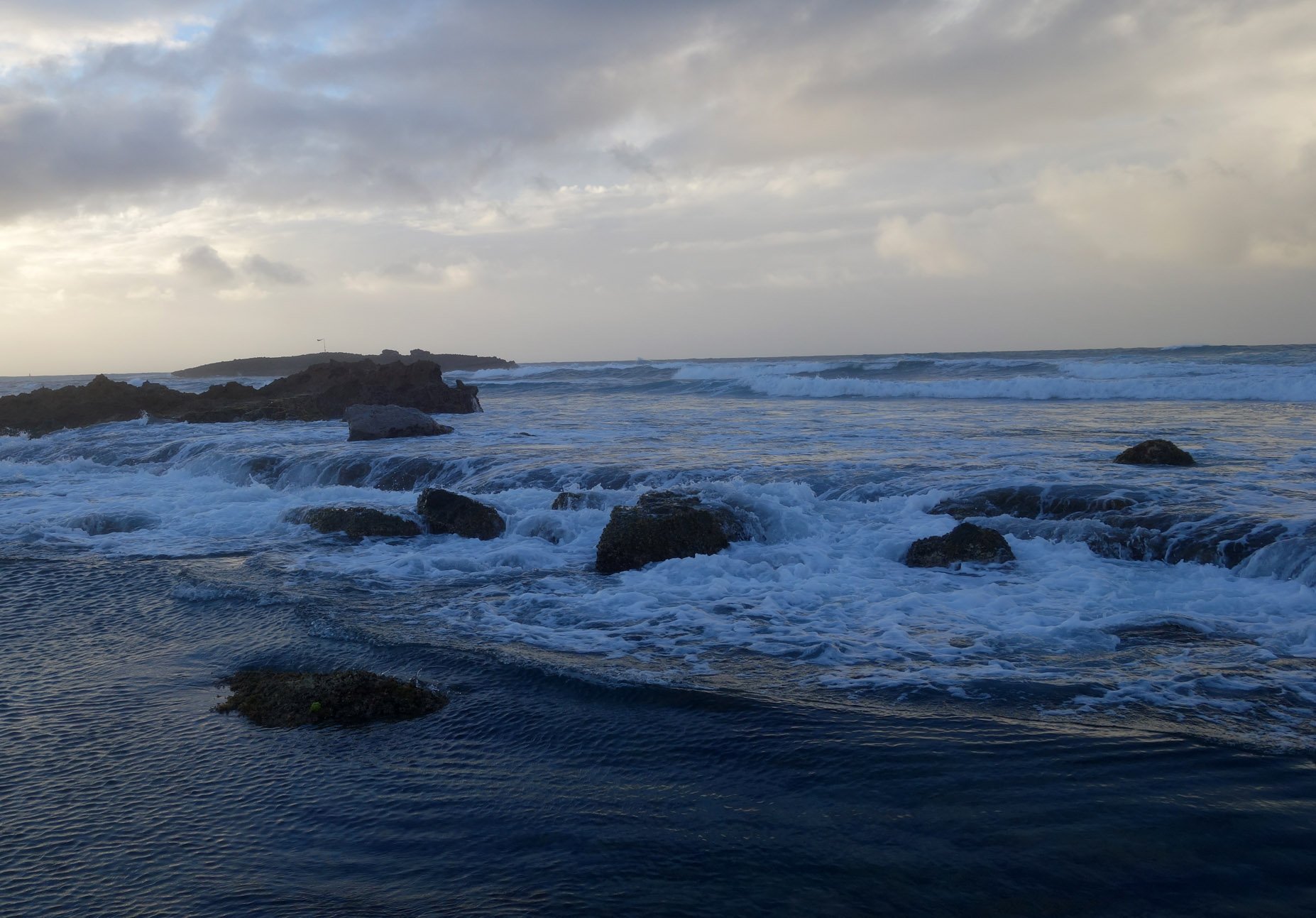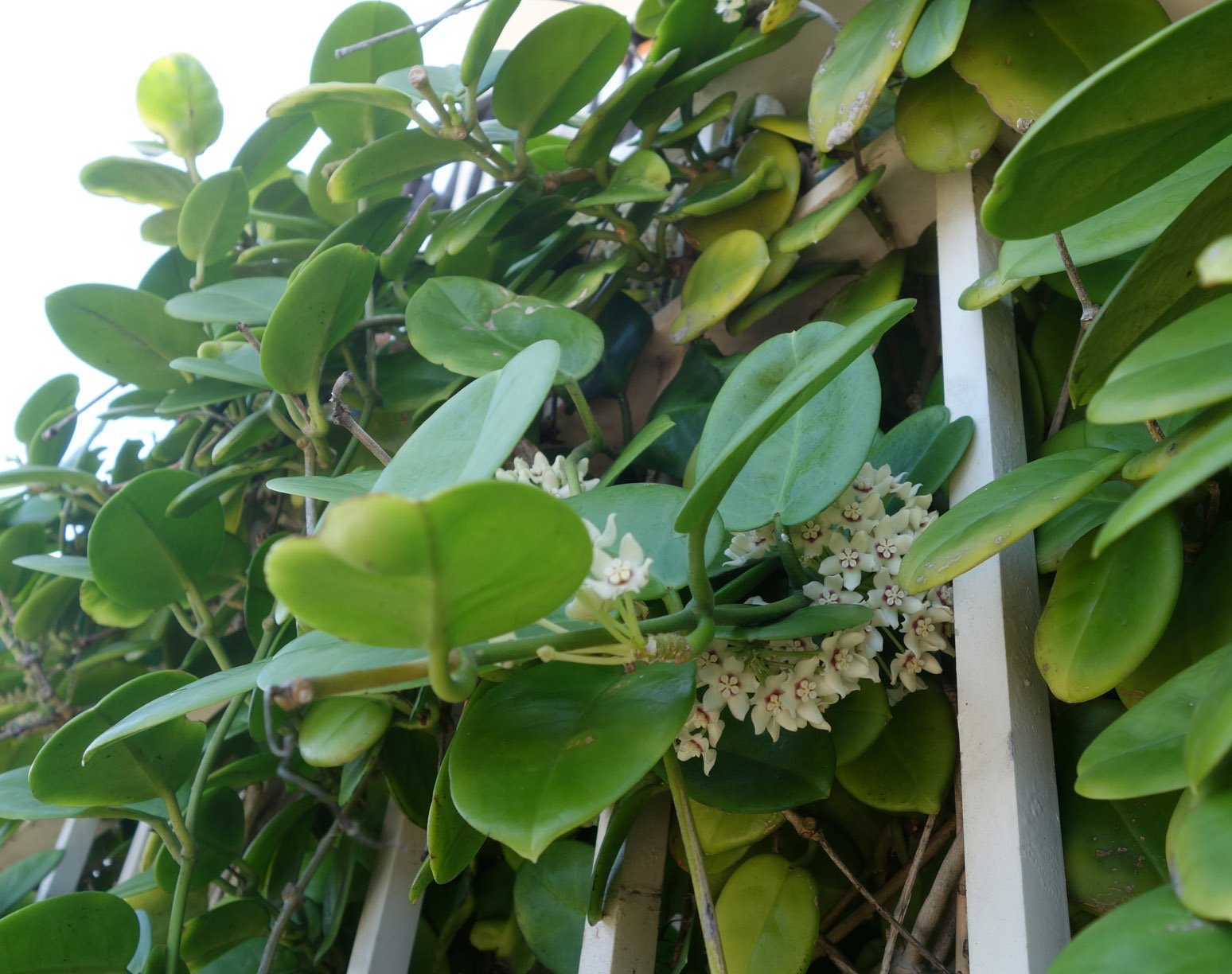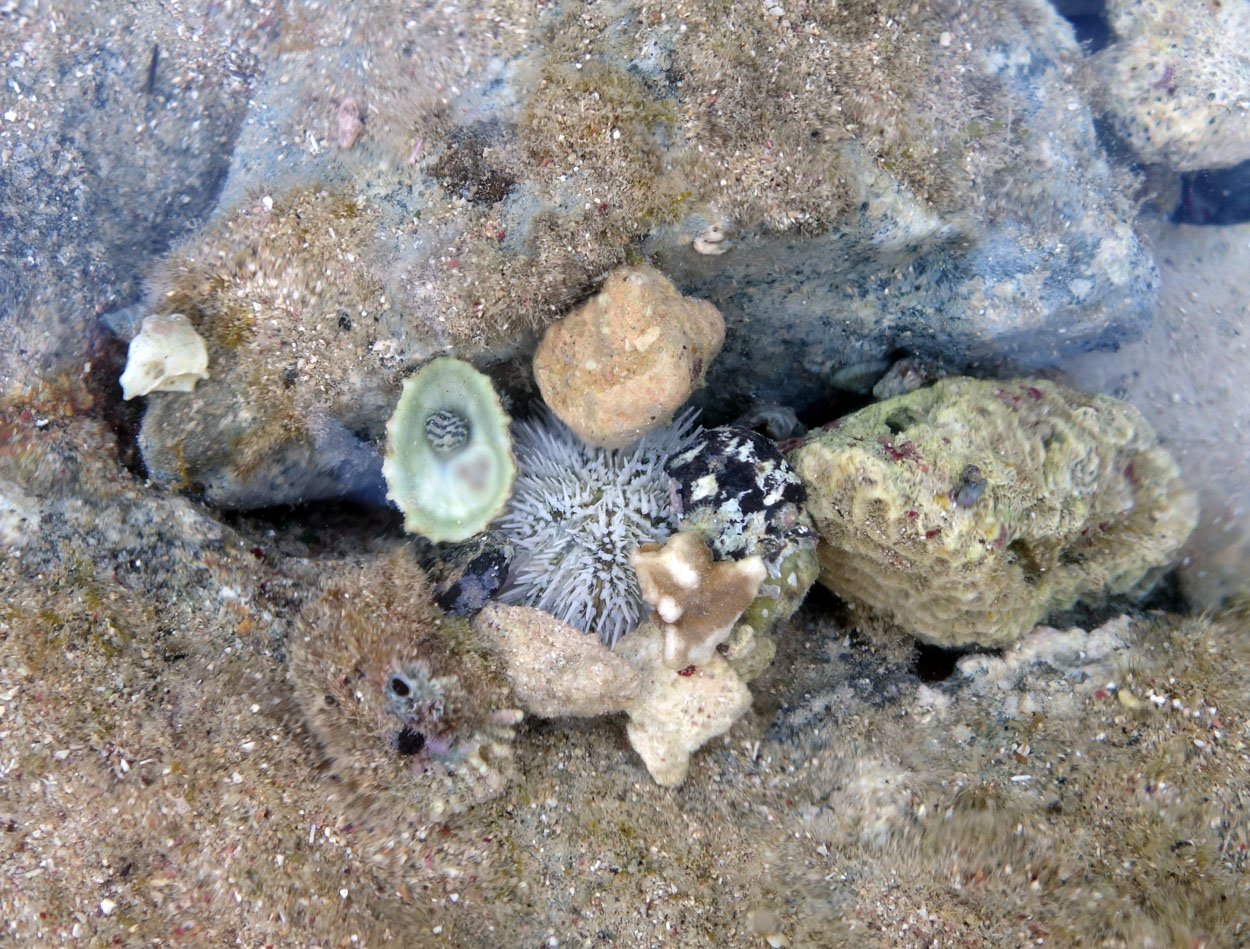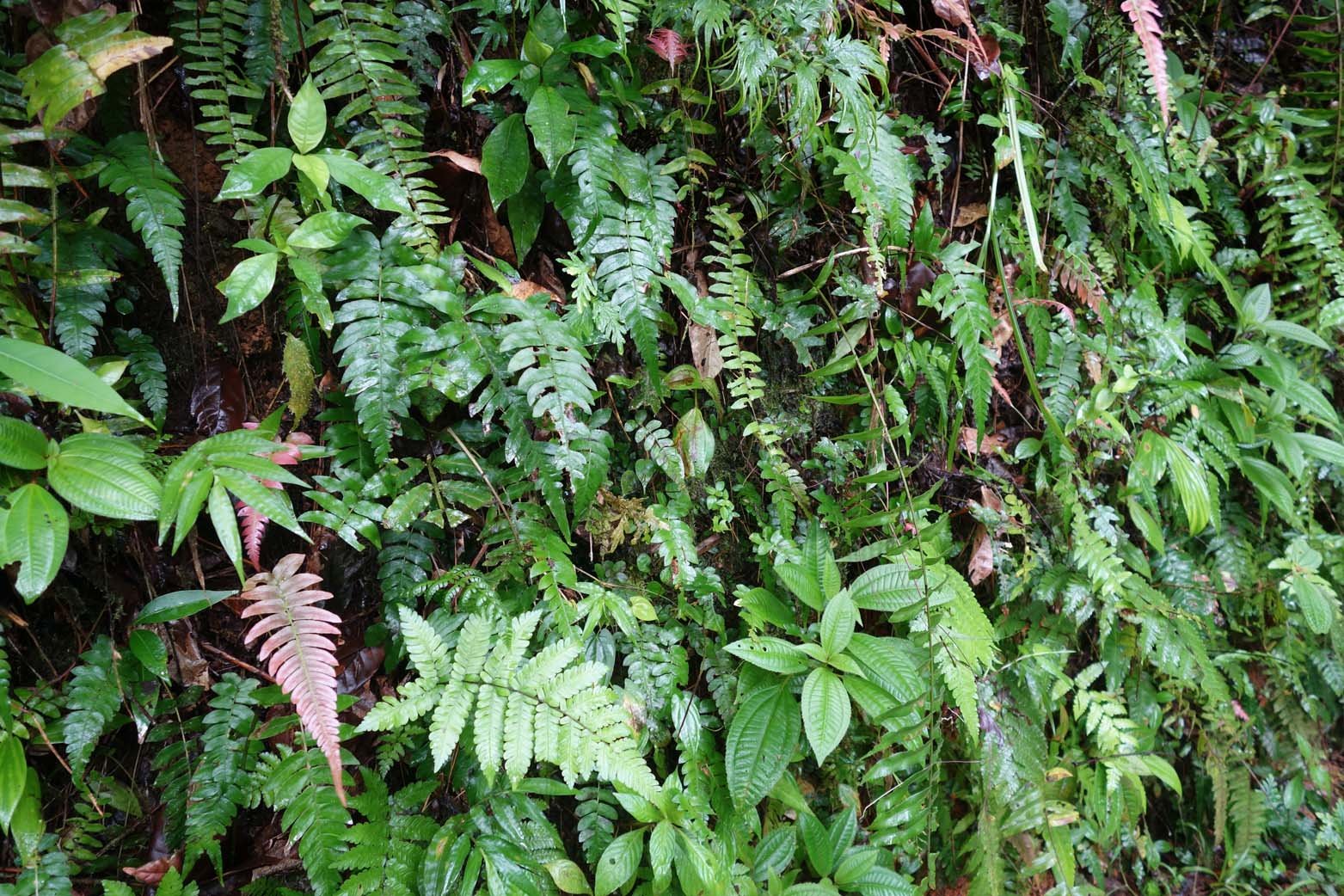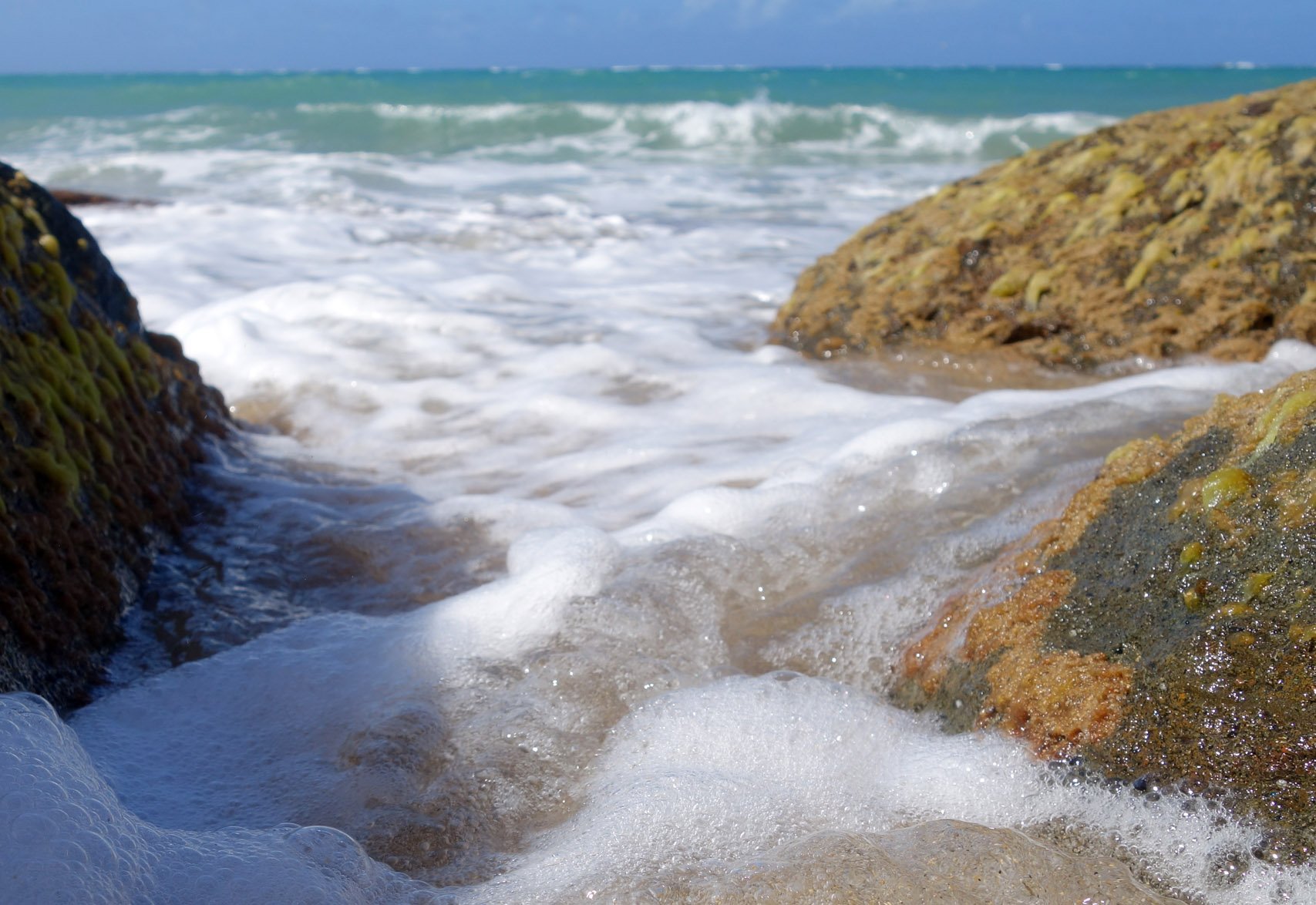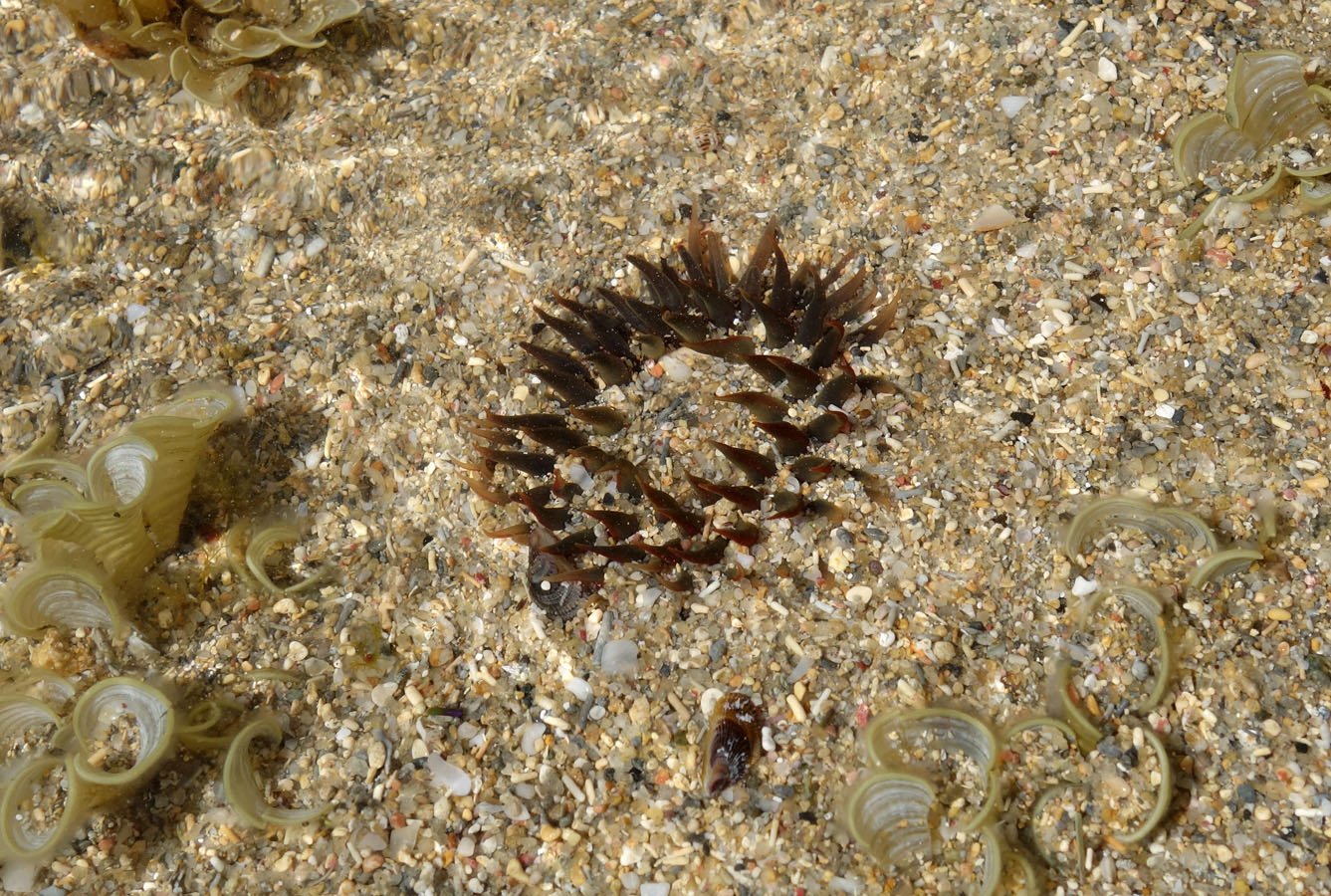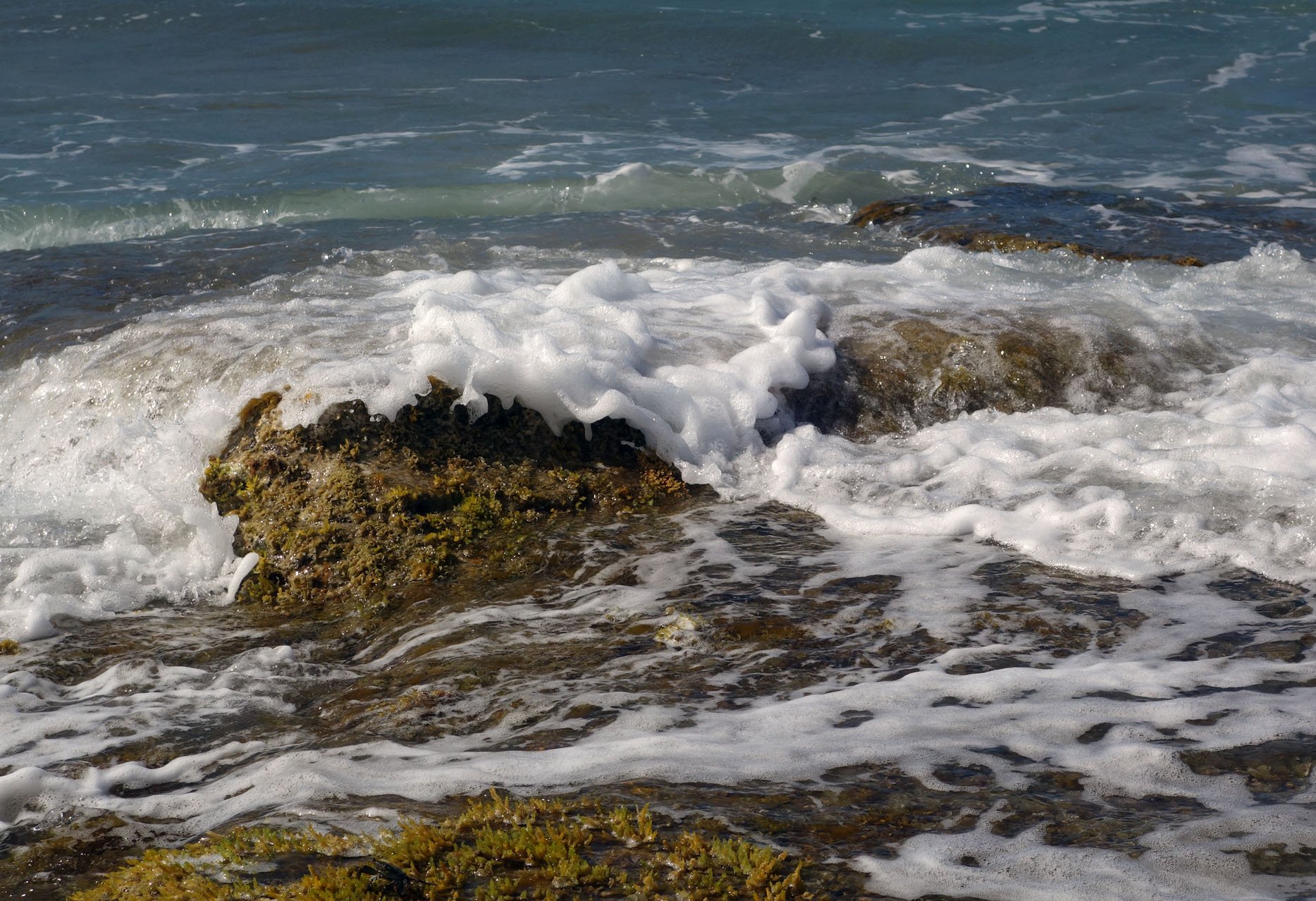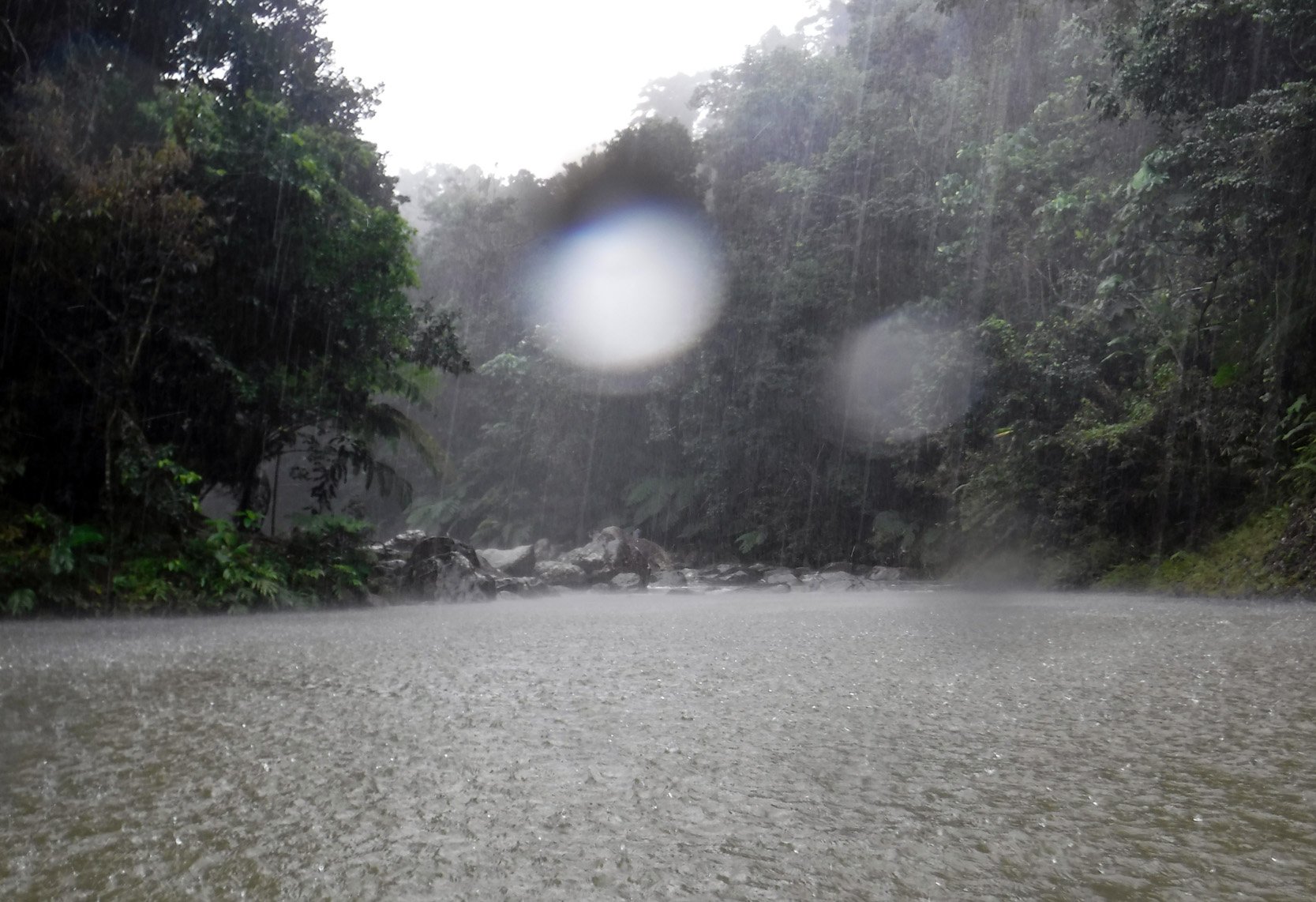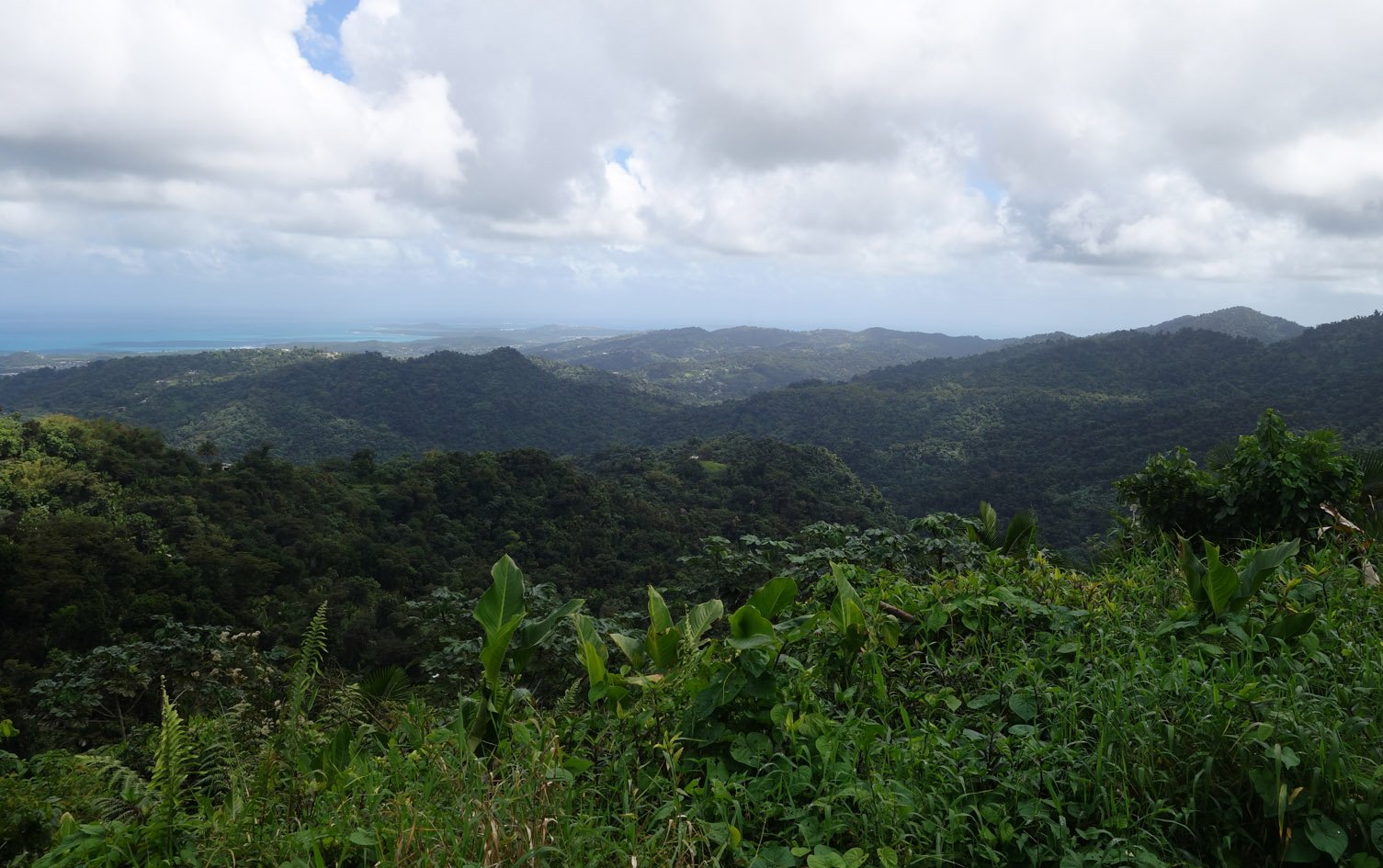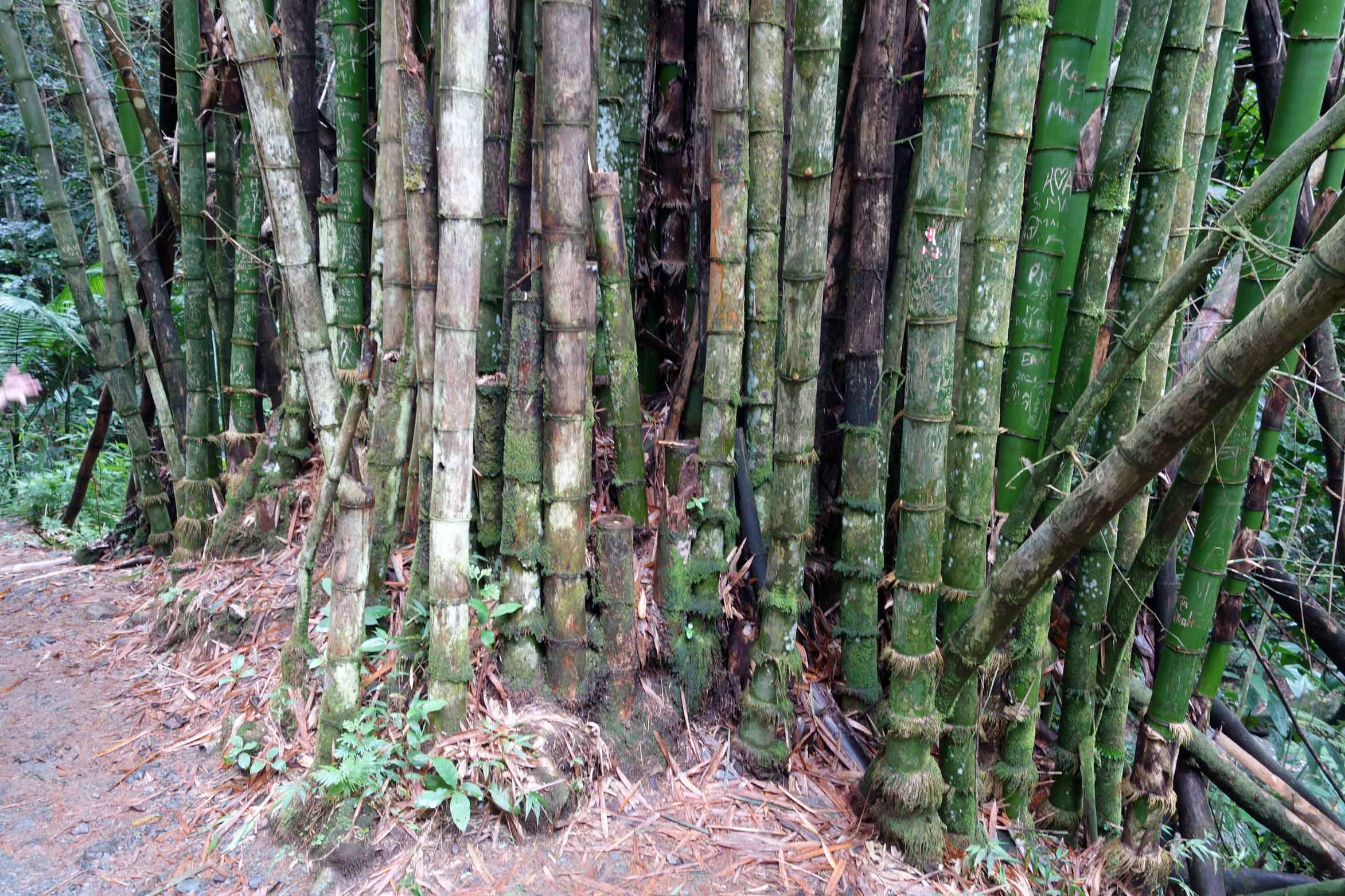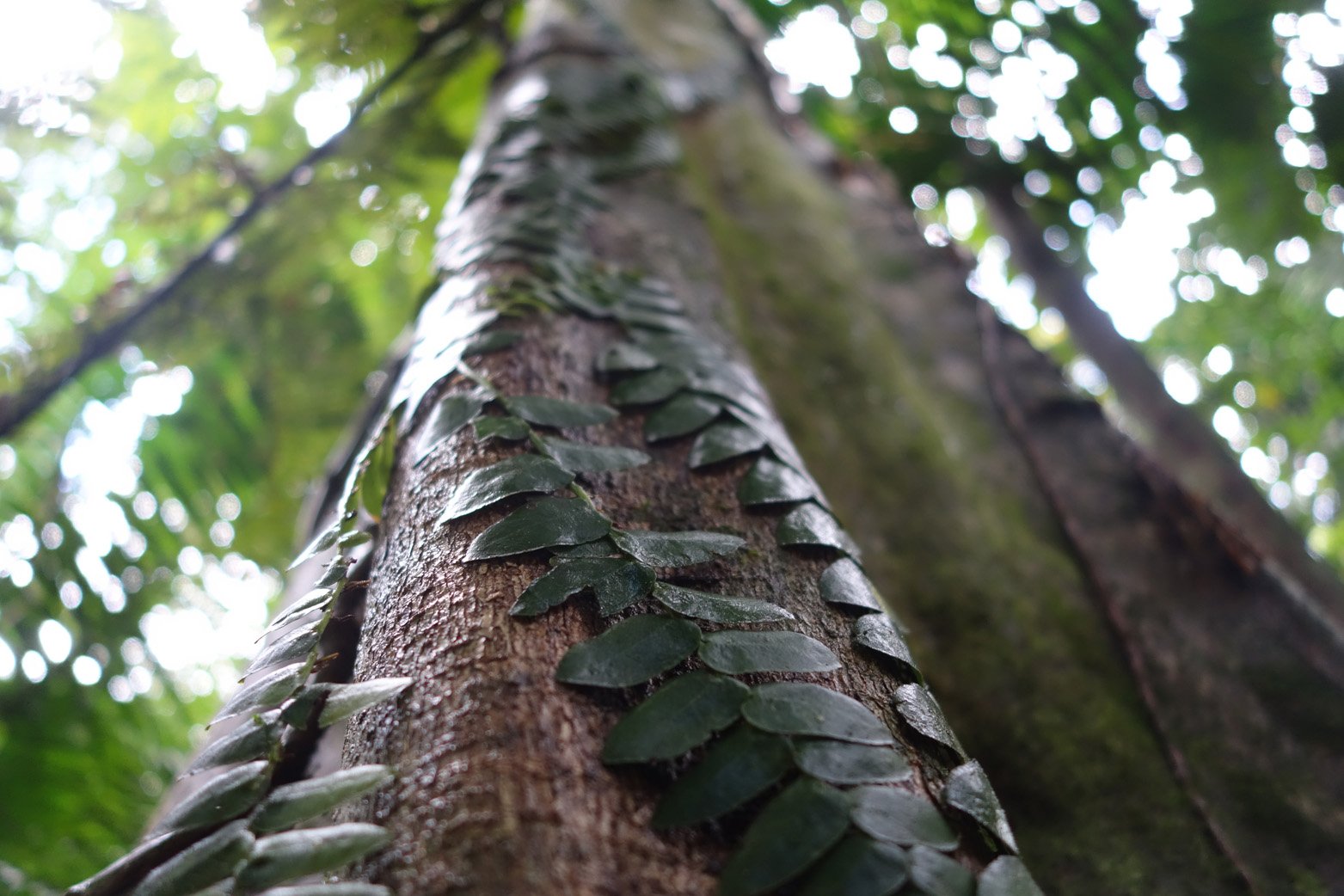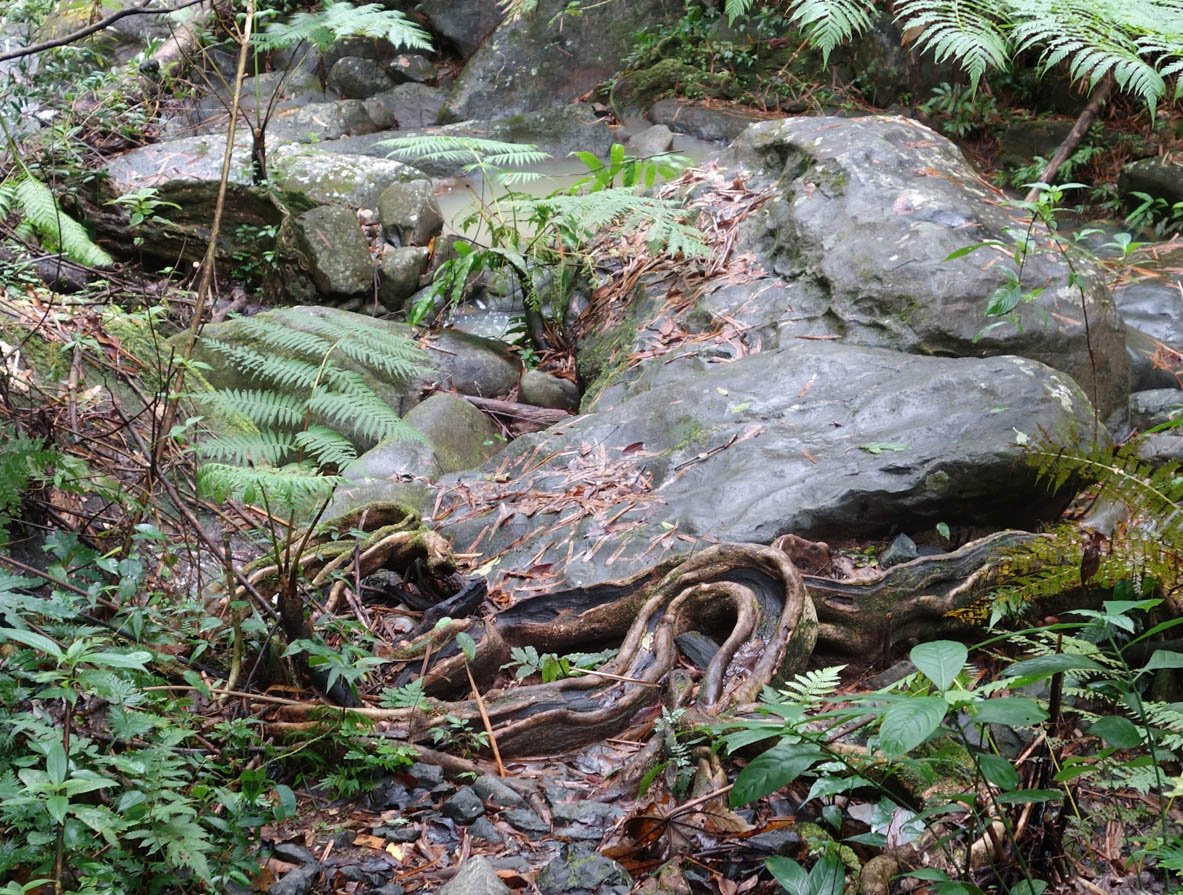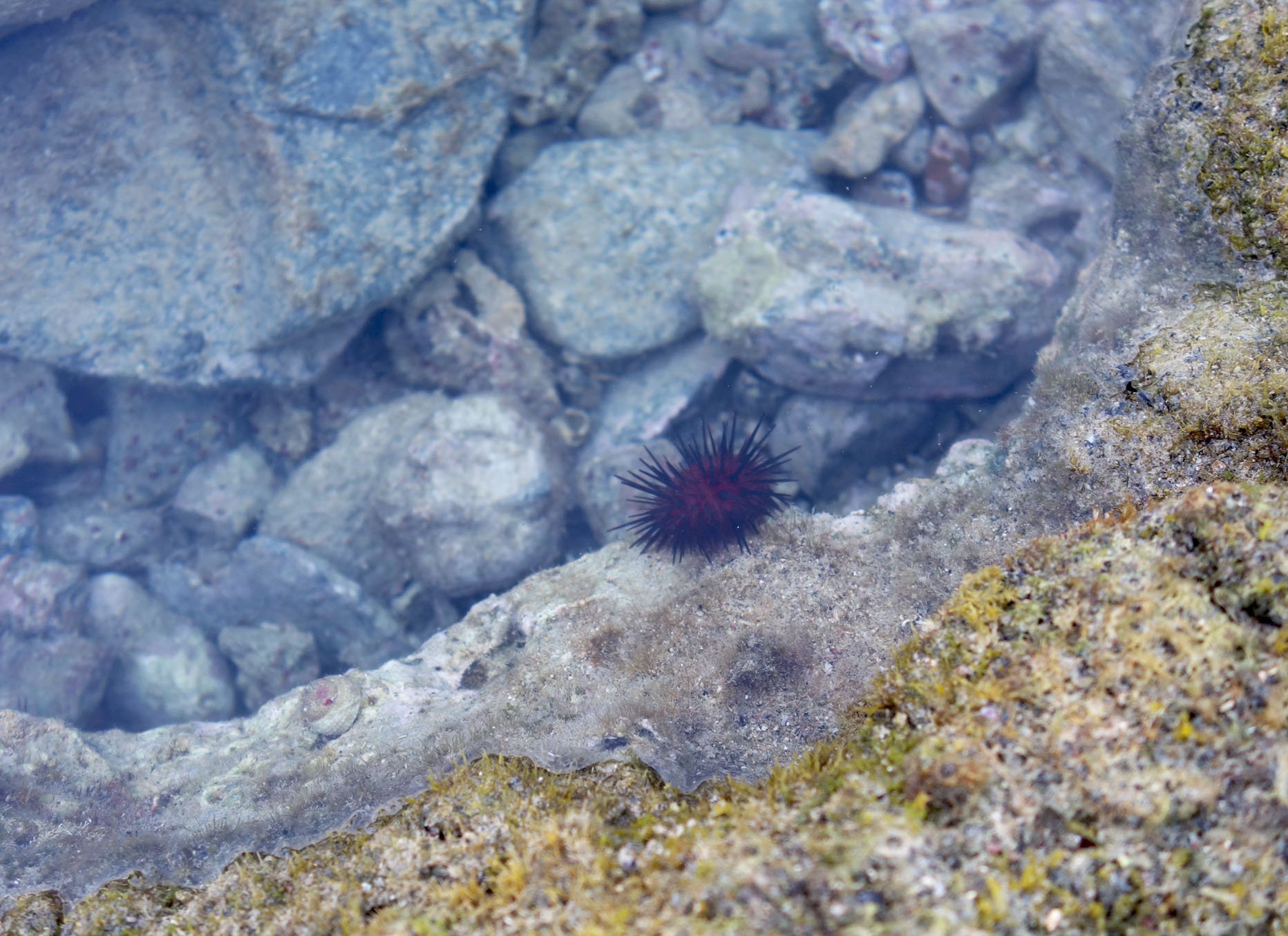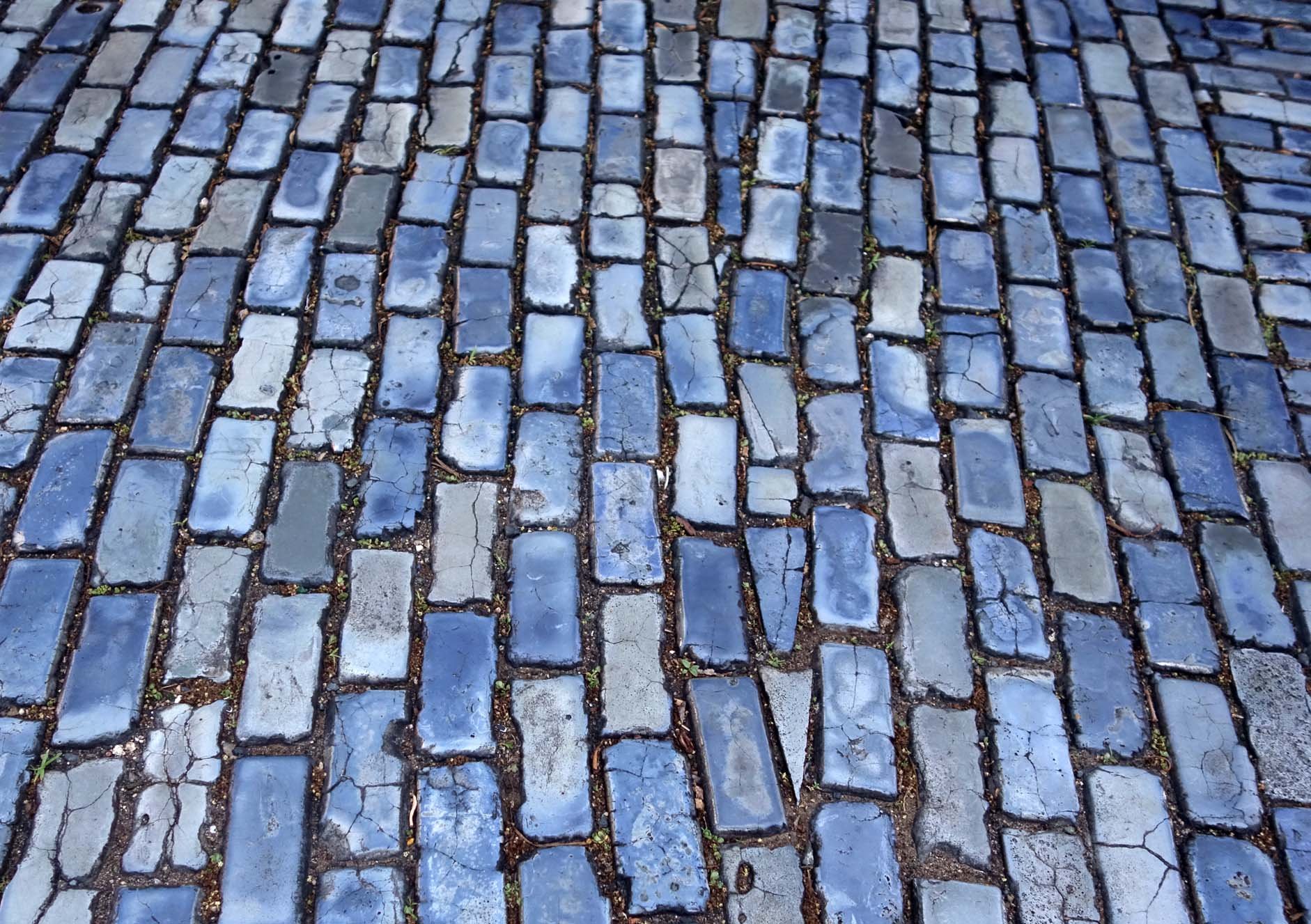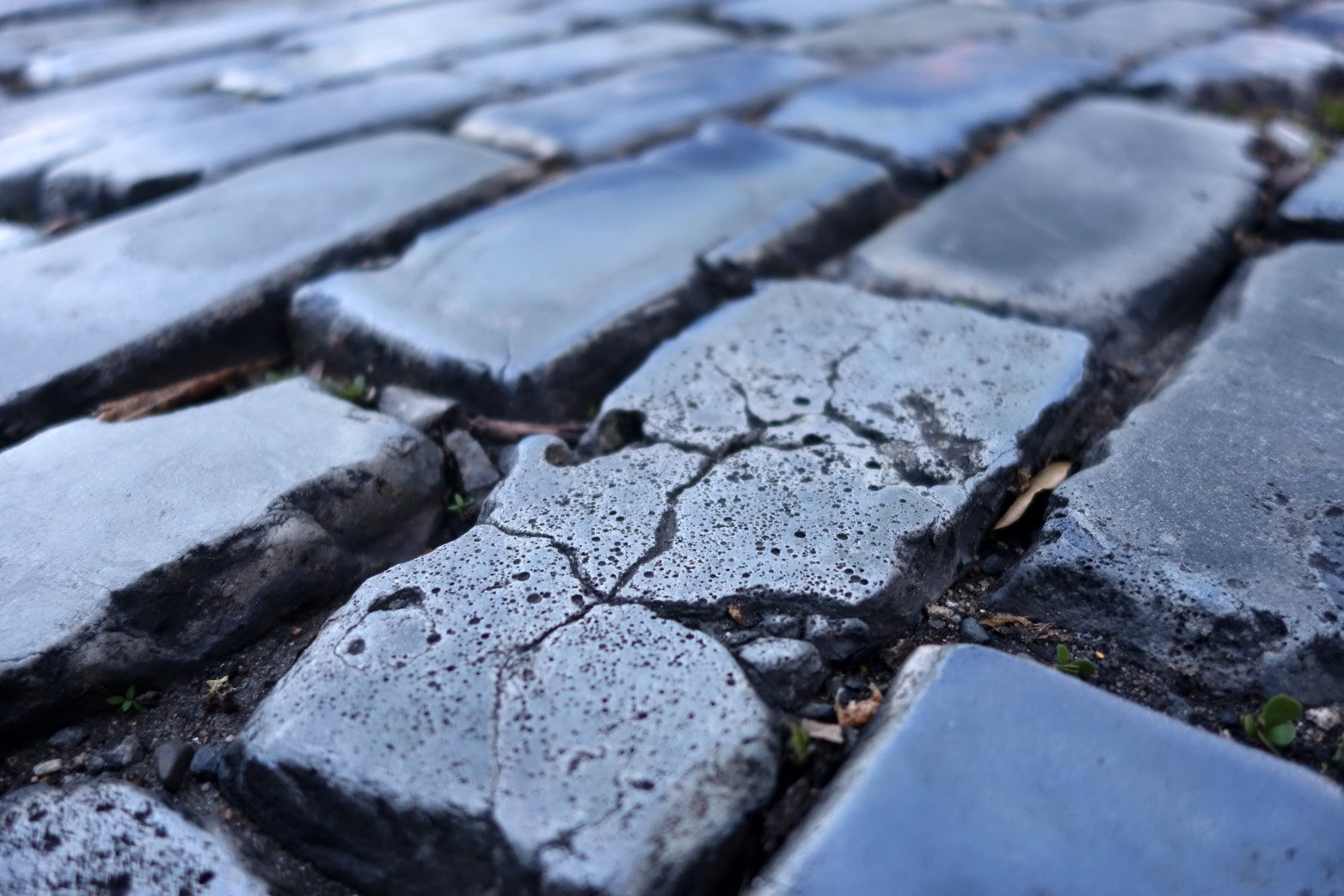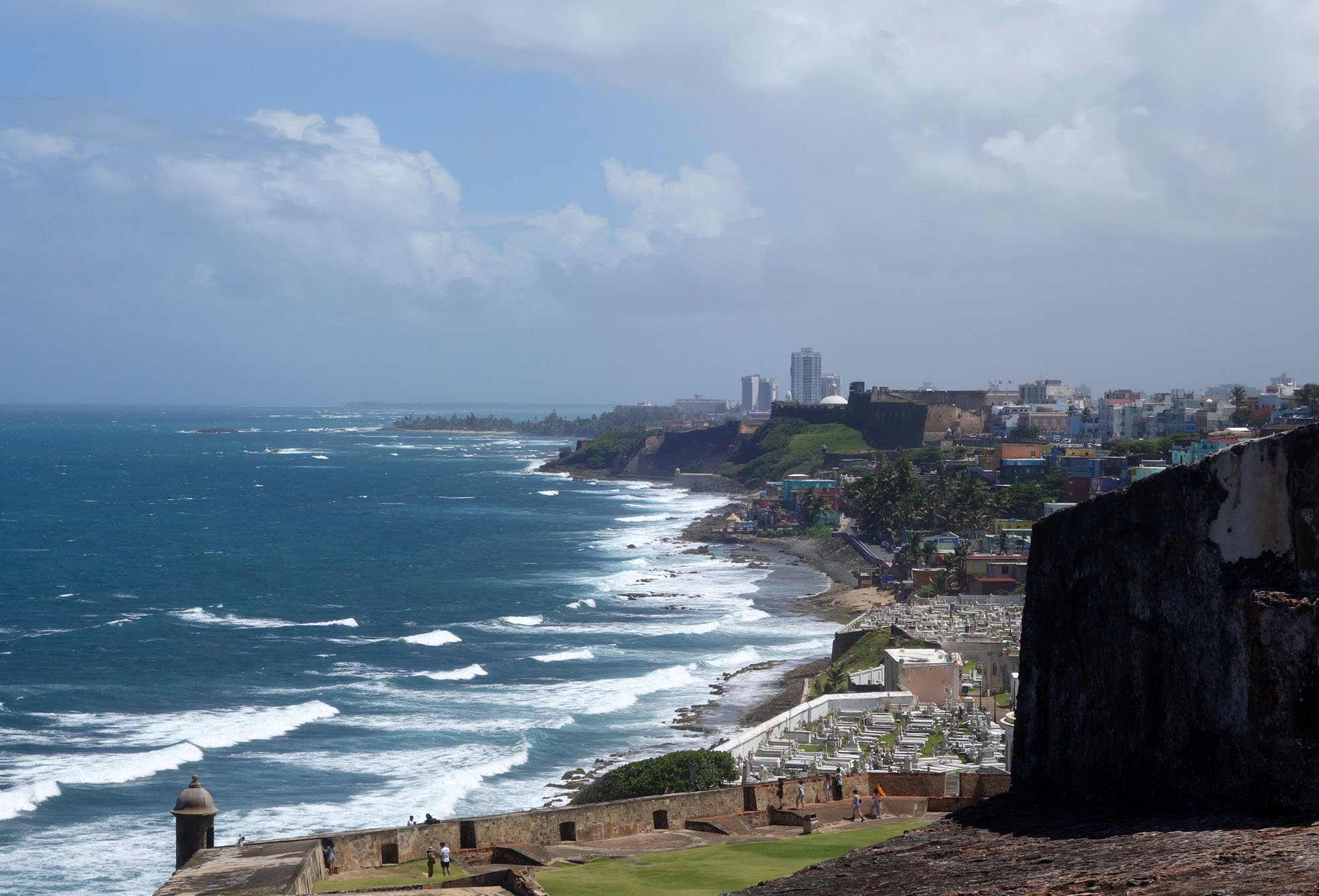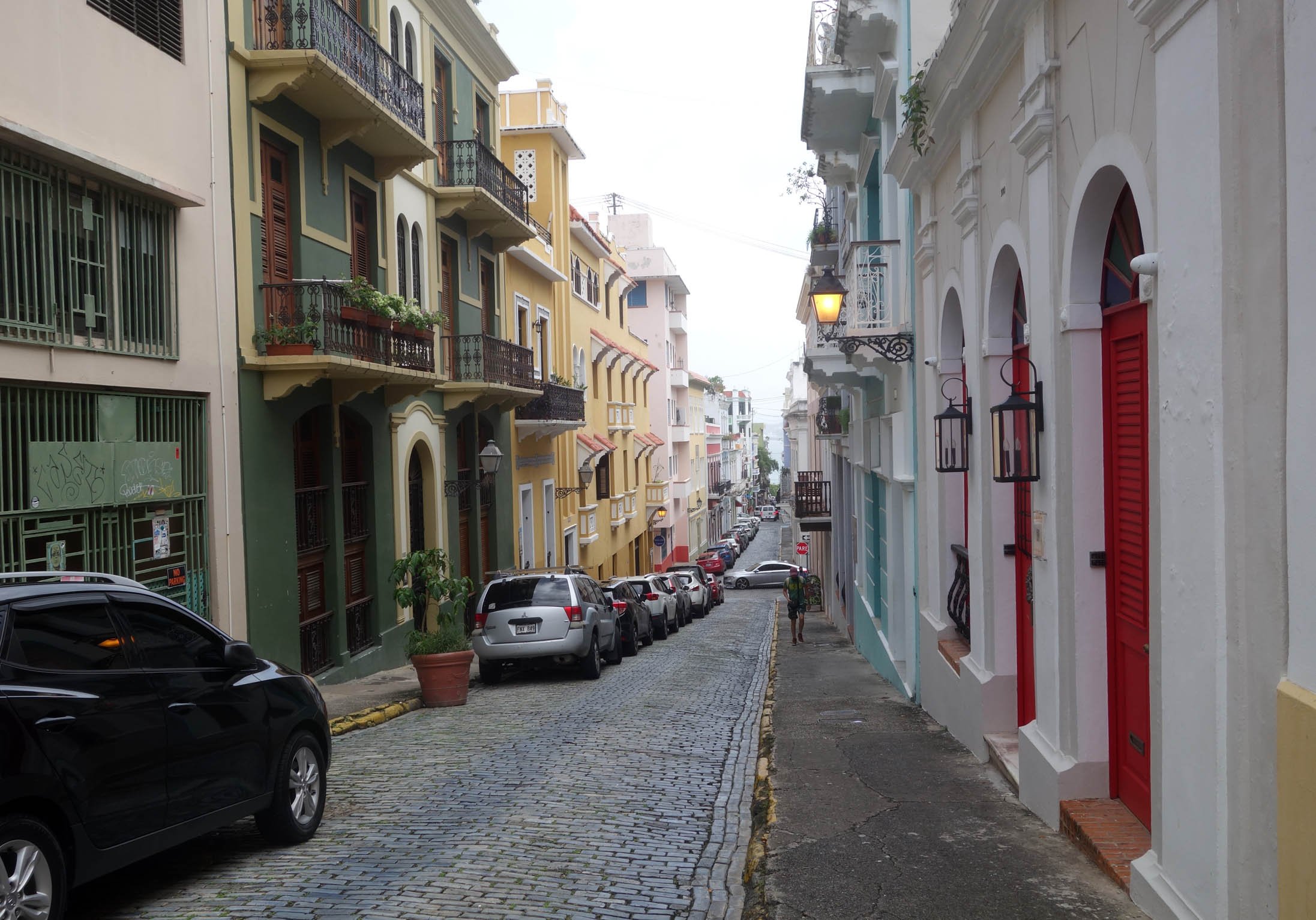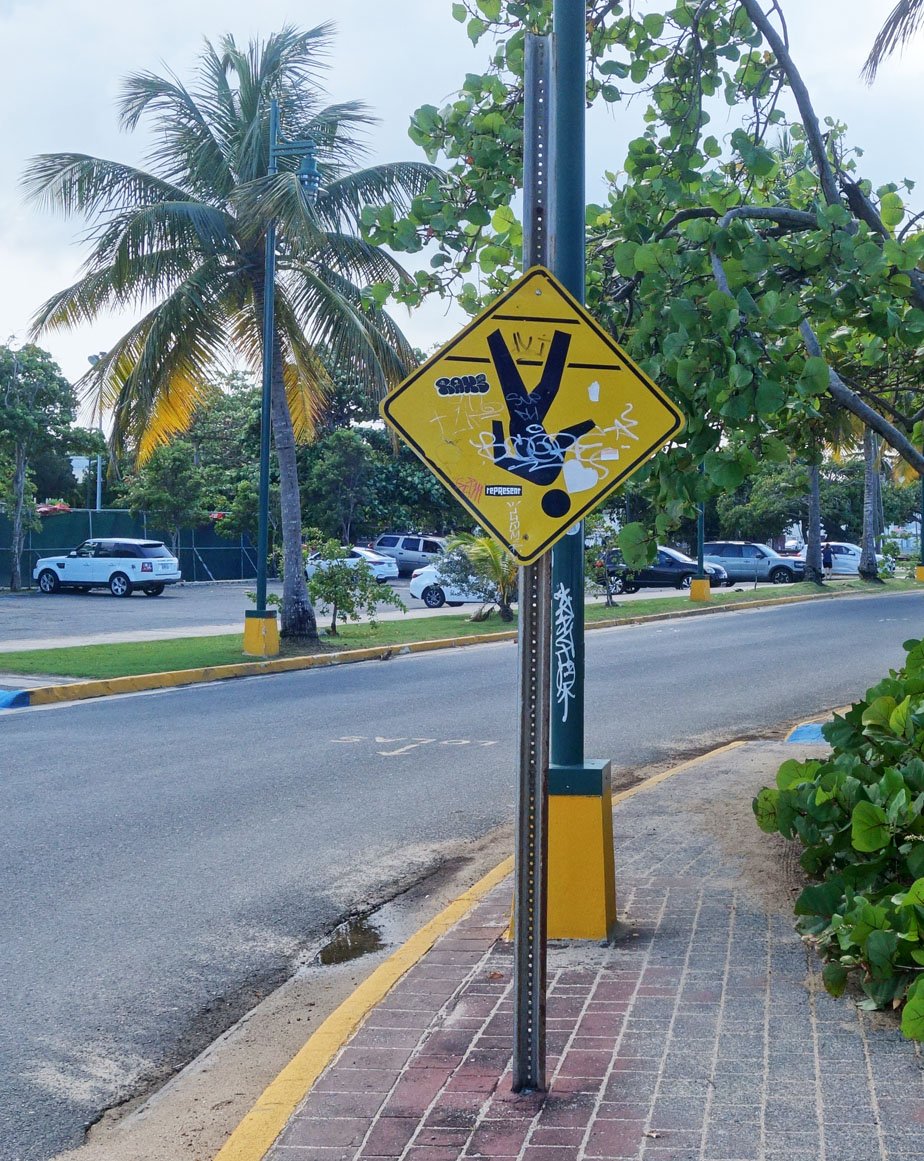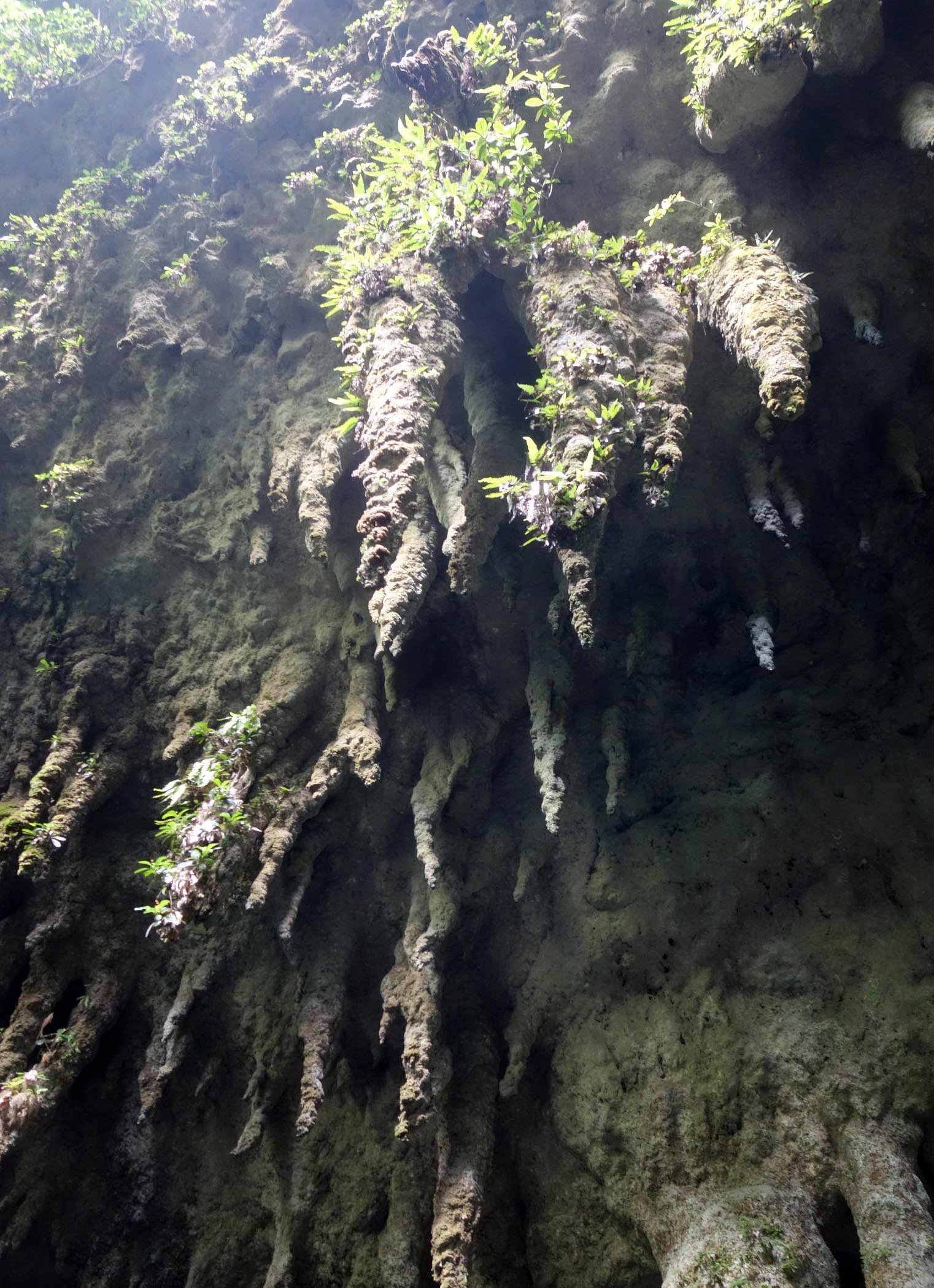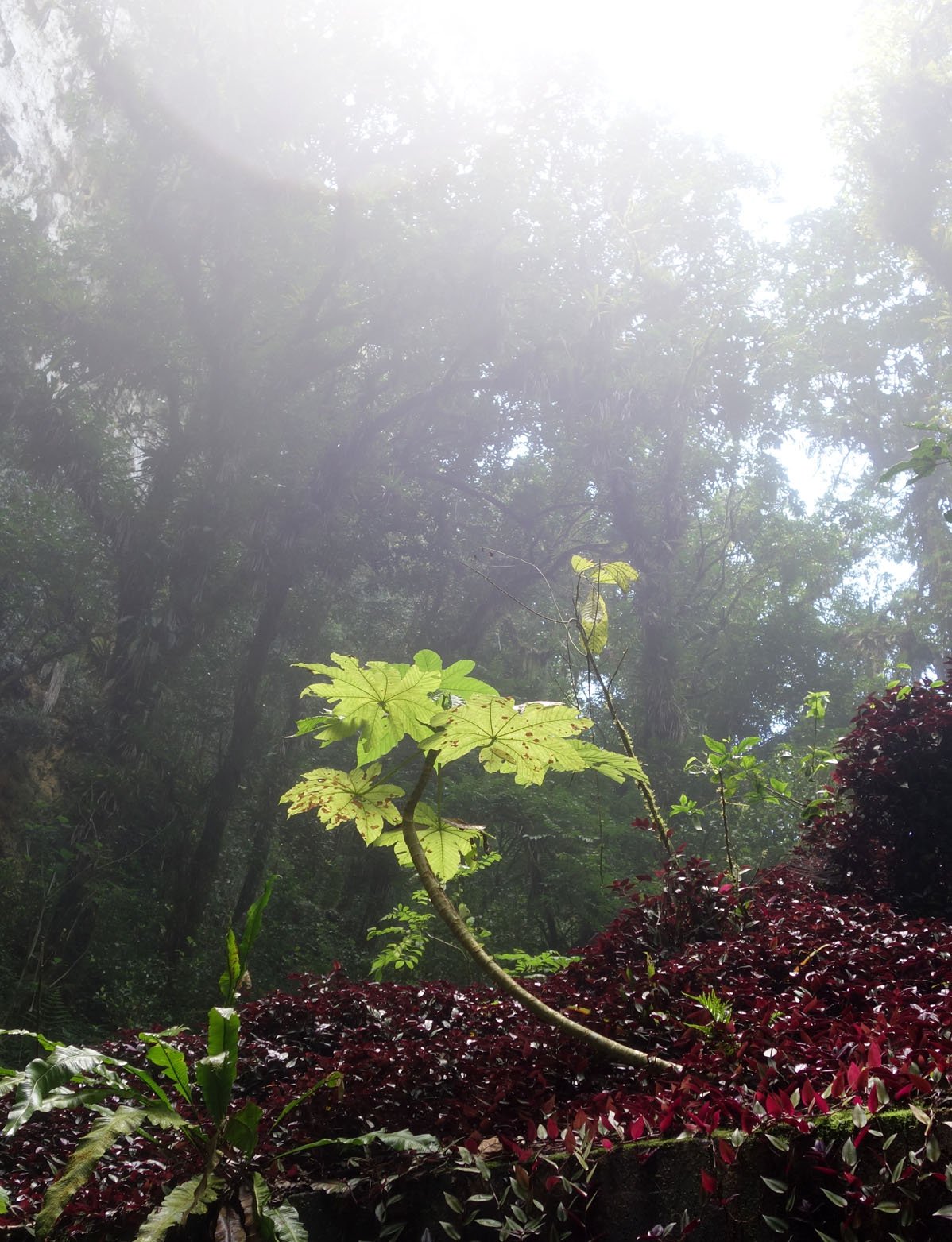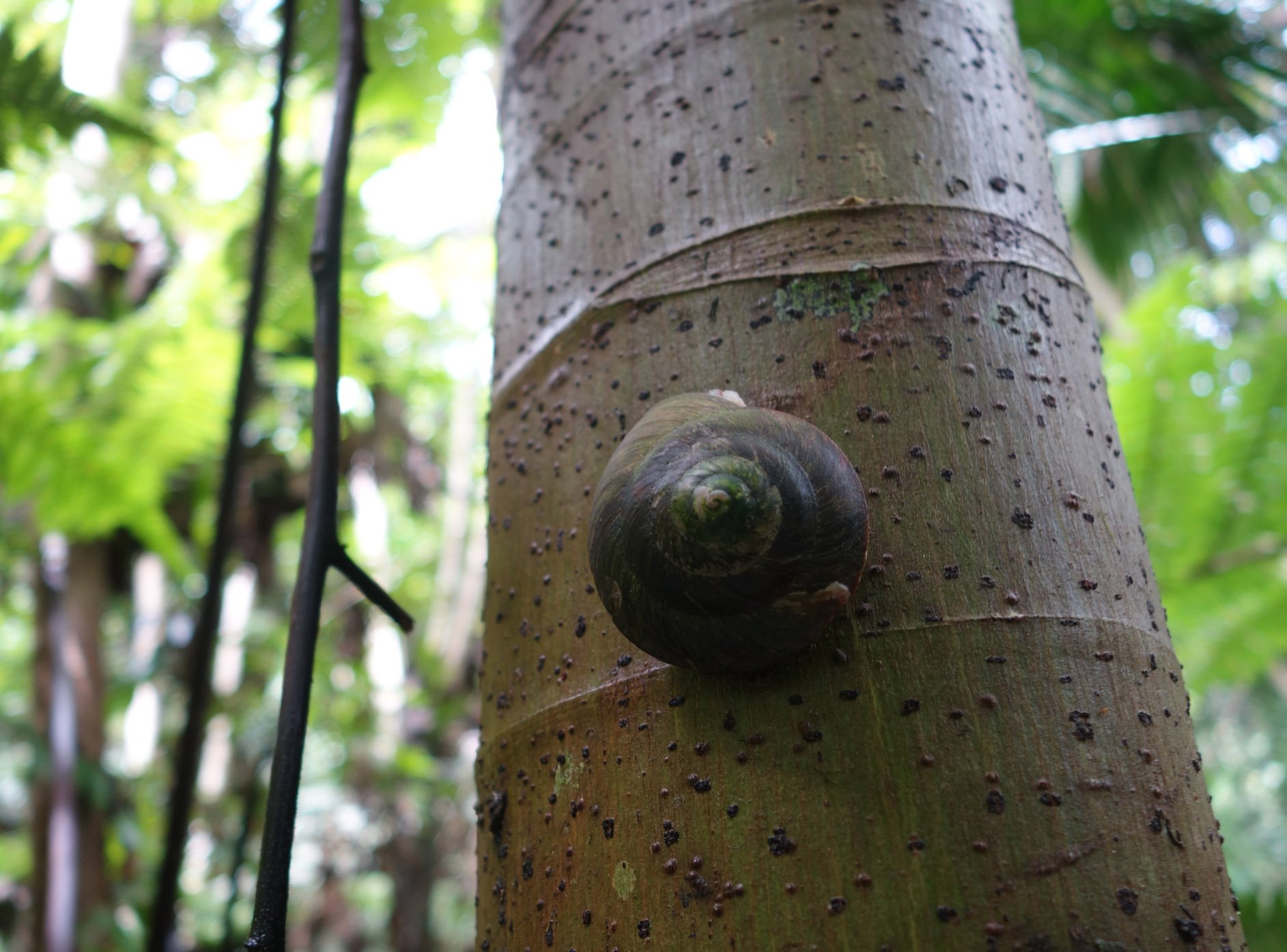When I first conceived of a nine-tile piece (Marginated) and a five-turned-into-four-tile piece due to one of the pieces being destroyed at a sandblasting facility (though then one of the four remaining tiles broke into two during sanding, so it reconverted to five total pieces-and-fragments), I had planned to paint an animal on the larger composition and a plant on the narrower one. I imagined it might be a tortoise and an olive branch, and as time passed and I gathered experiences and reference imagery, both ideas resonated more and more strongly.
Athens is named as such because Athena and Poseidon battled out becoming the city’s patron god through each giving it a gift. Poseidon gave a salt-water sea, while Athena gave the gift of an olive tree atop the Acropolis. The olive tree was deemed the better gift, and so the city was named Athens with the patron of Athena (and was punished with insufficient fresh water by Poseidon). Olive trees are ubiquitous in Athens and Greece, growing in the ground as well as in decorative containers throughout the city. They are easy to identify due to their iconic appearance. Their fruit, oil, and wood are each major industries, and squatters can even gain land rights by planting an olive tree on contested parcels. The olive branch has become a worldwide symbol of peace.
I decided to paint an olive branch with immature olives on it, and atop the roughened glaze sections, I kept its coloration standard while on the raw clay body I converted it into a hot/burnt color palette that bring global warming, fires, and drought to mind (as I did to a lesser degree on Marginated as well).
Once again, this piece can be displayed variably, and/or in combination with Marginated.
Symbolism, acrylic on five partially deglazed 19th century ceramic tiles and tile fragments, variable display dimensions with core dimensions of 17.25x5.5x.25", 2023.




